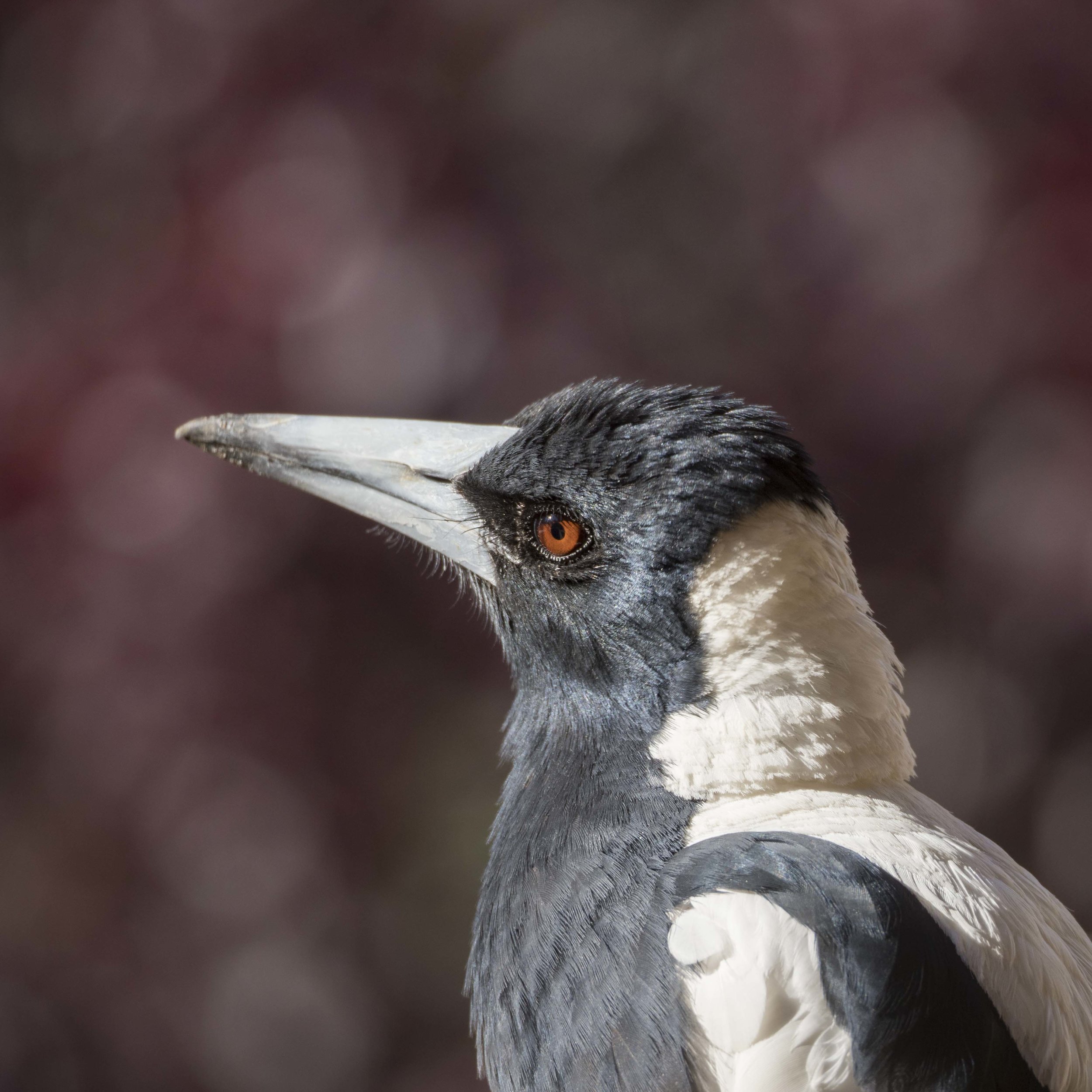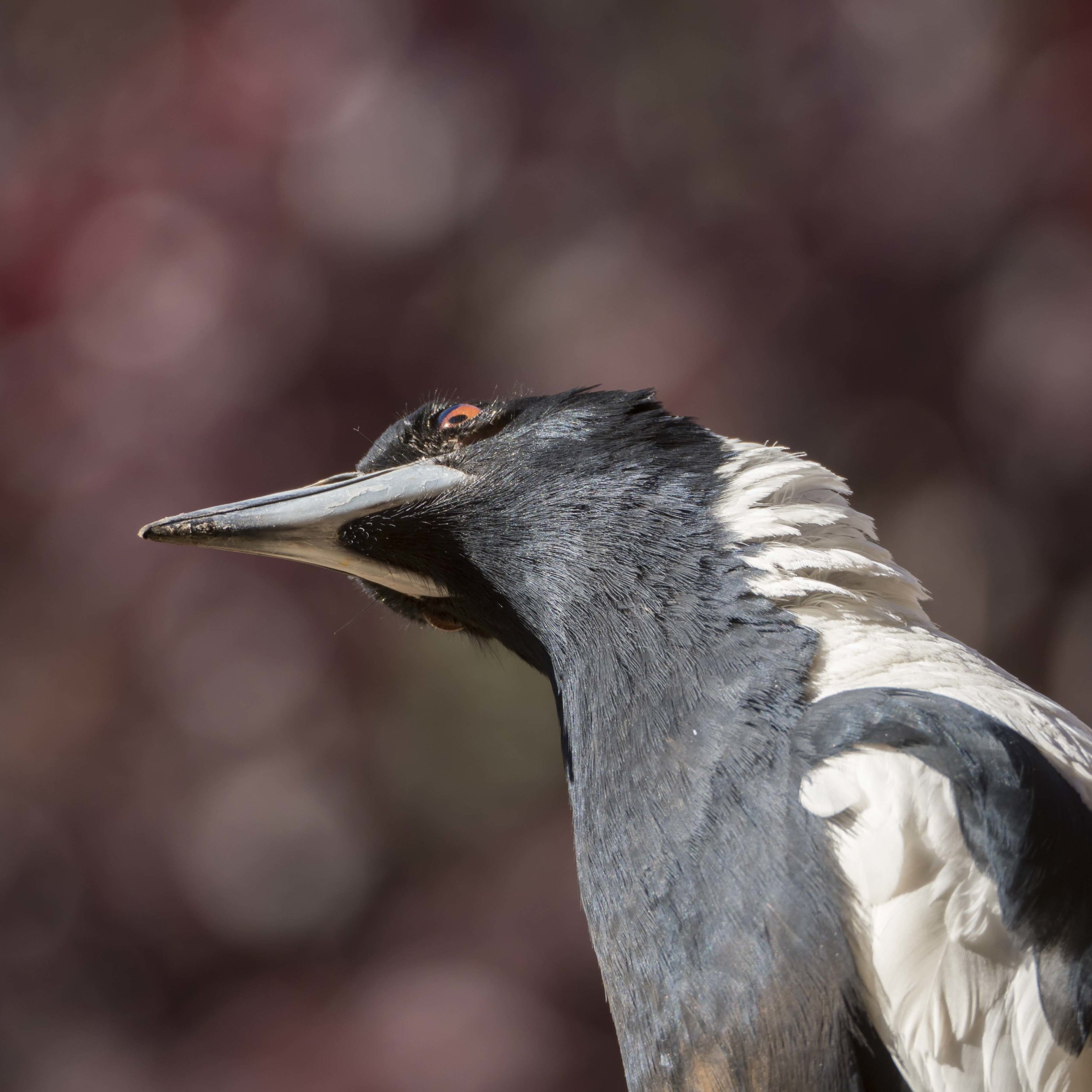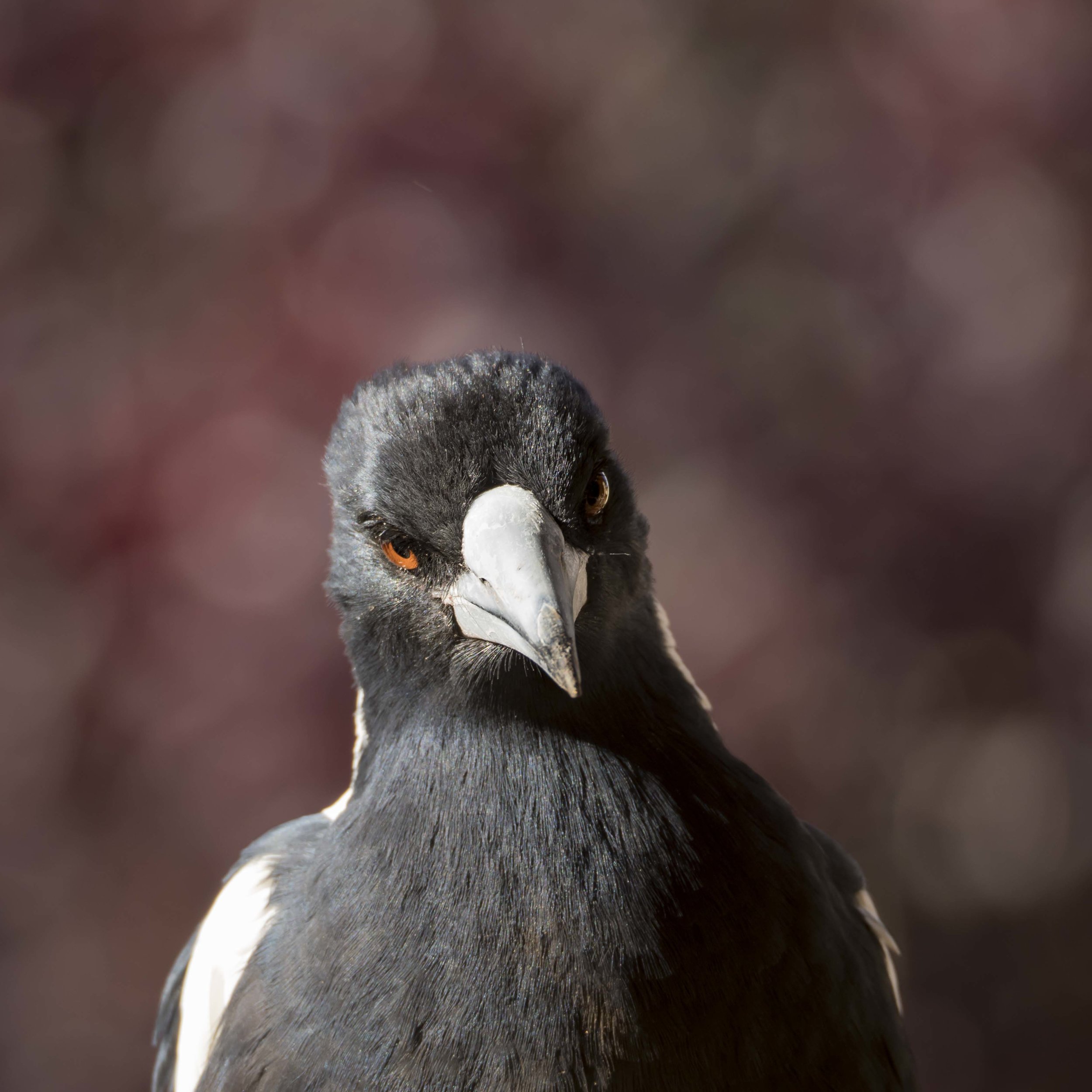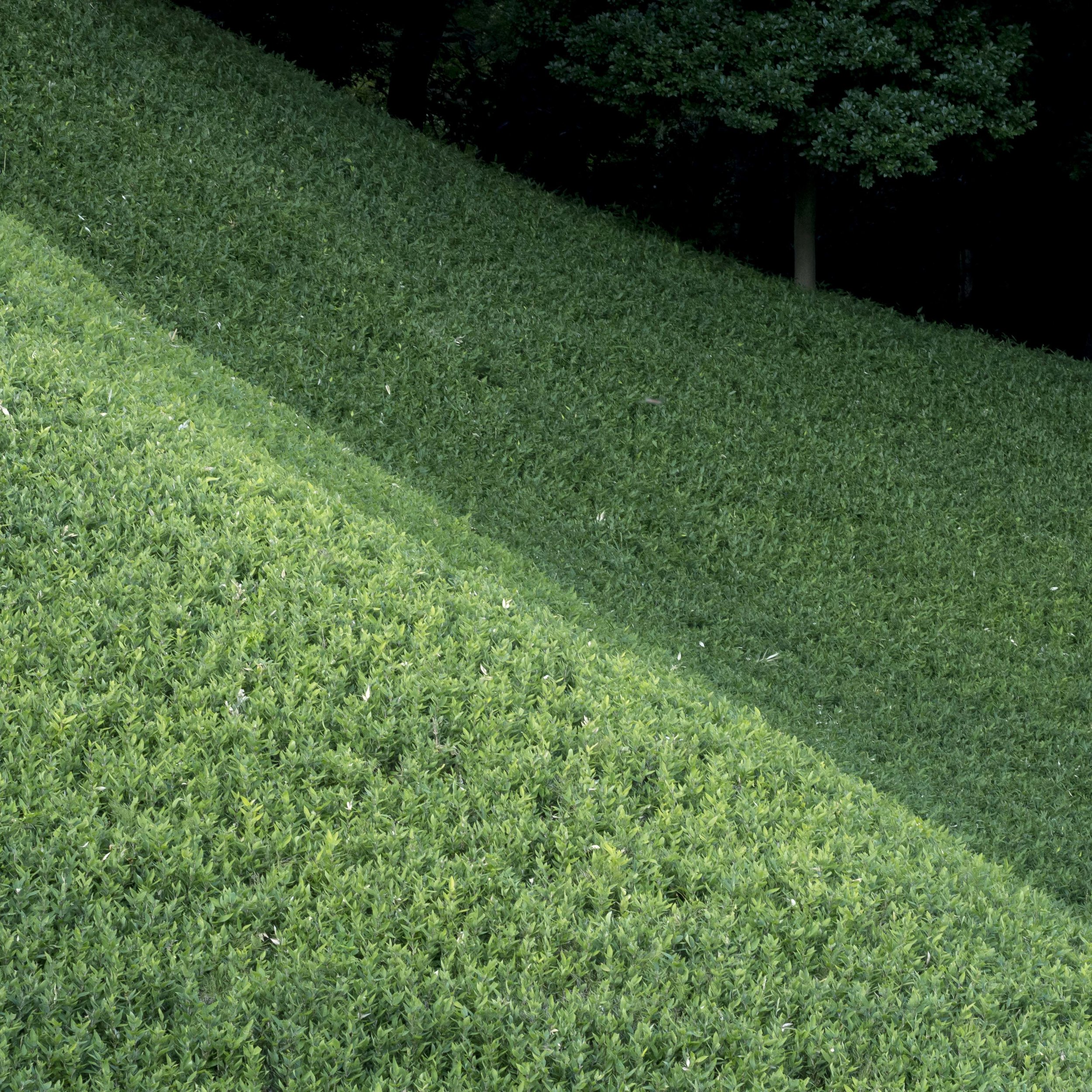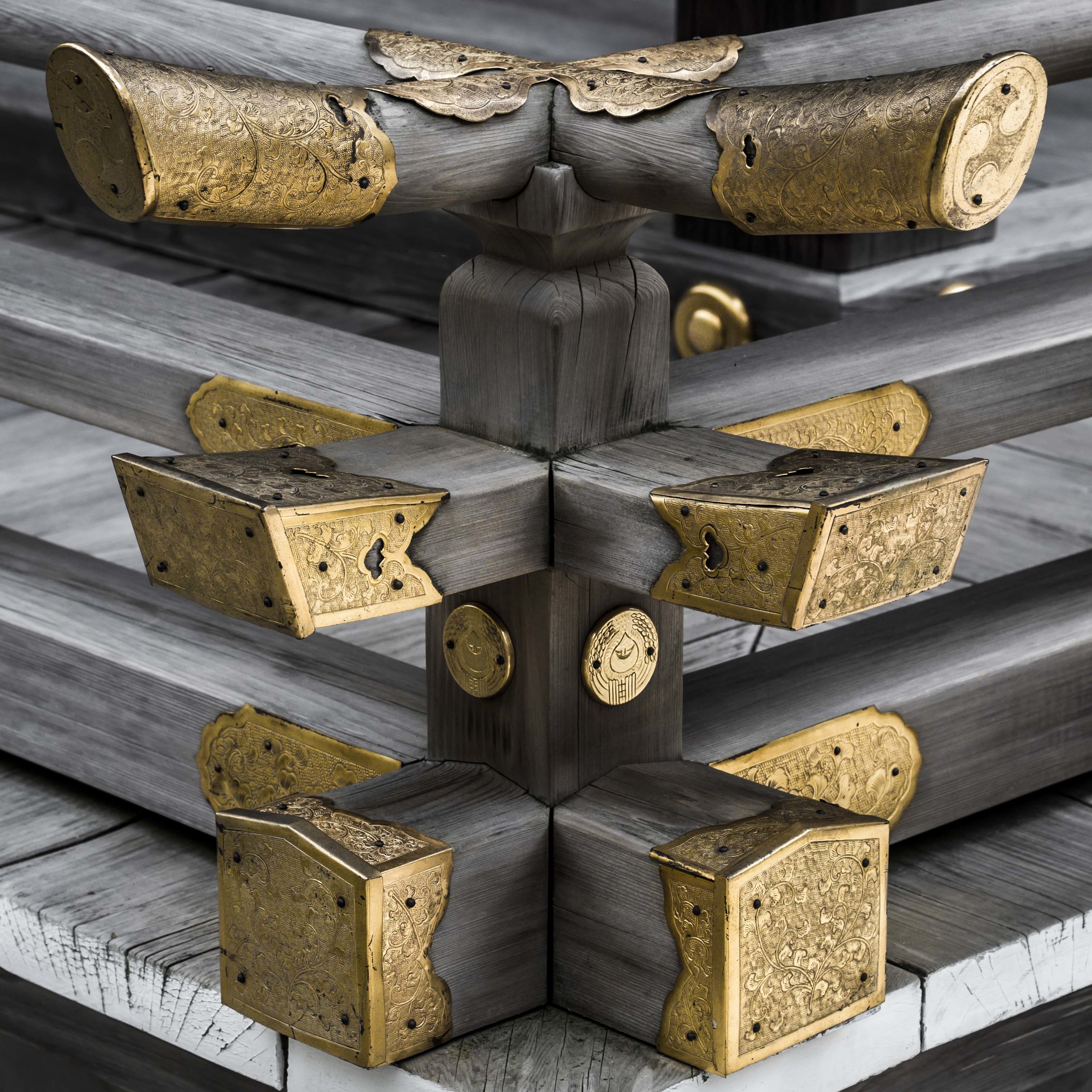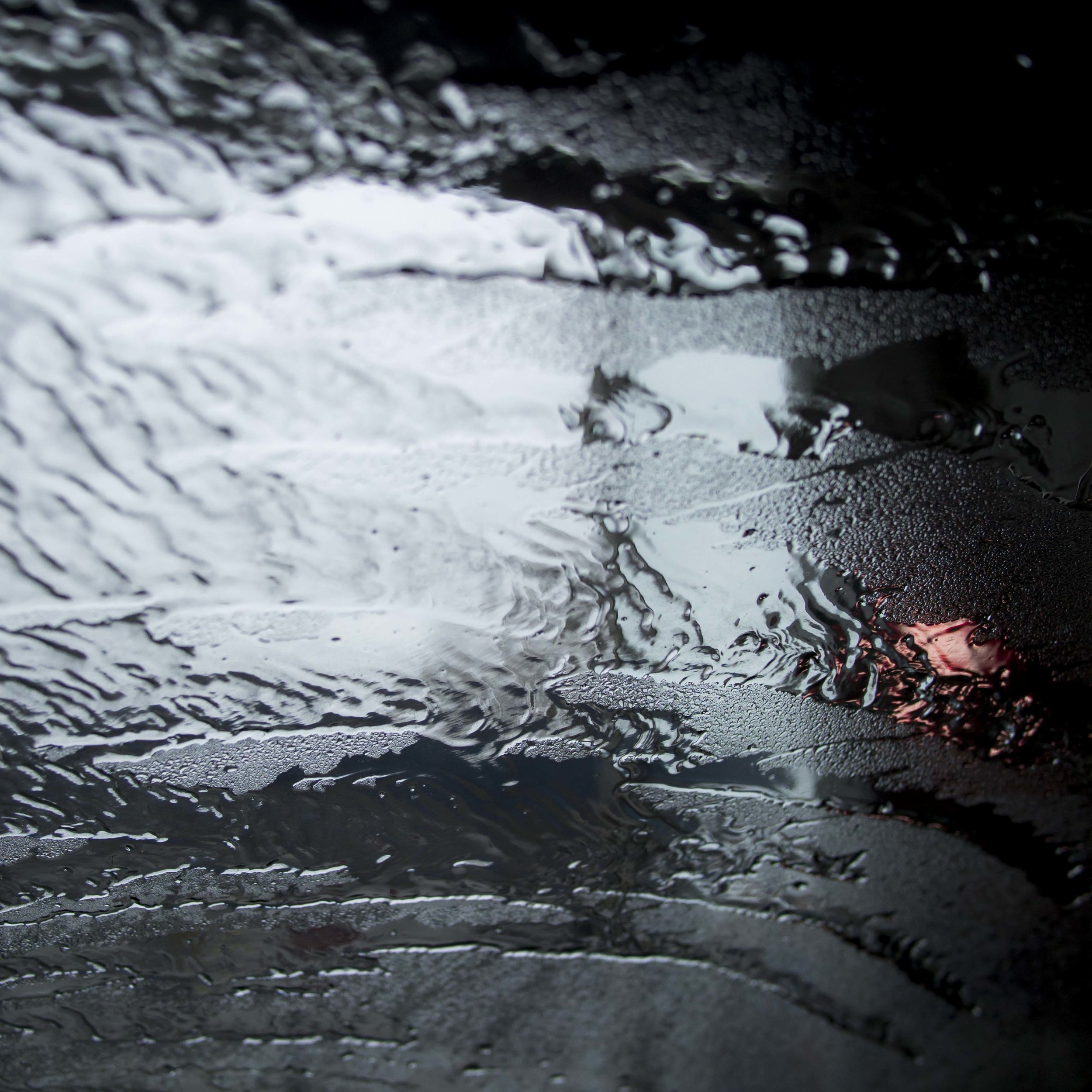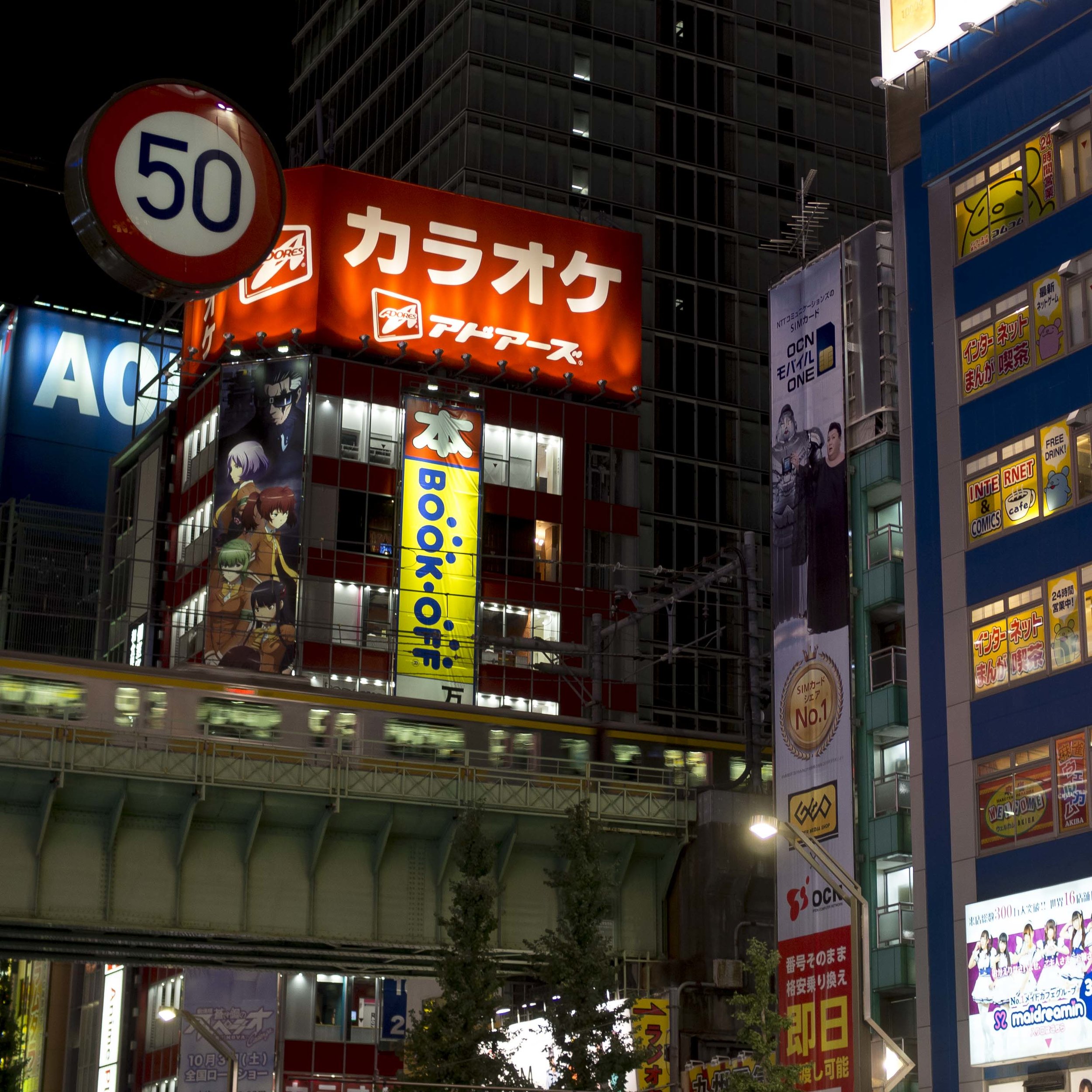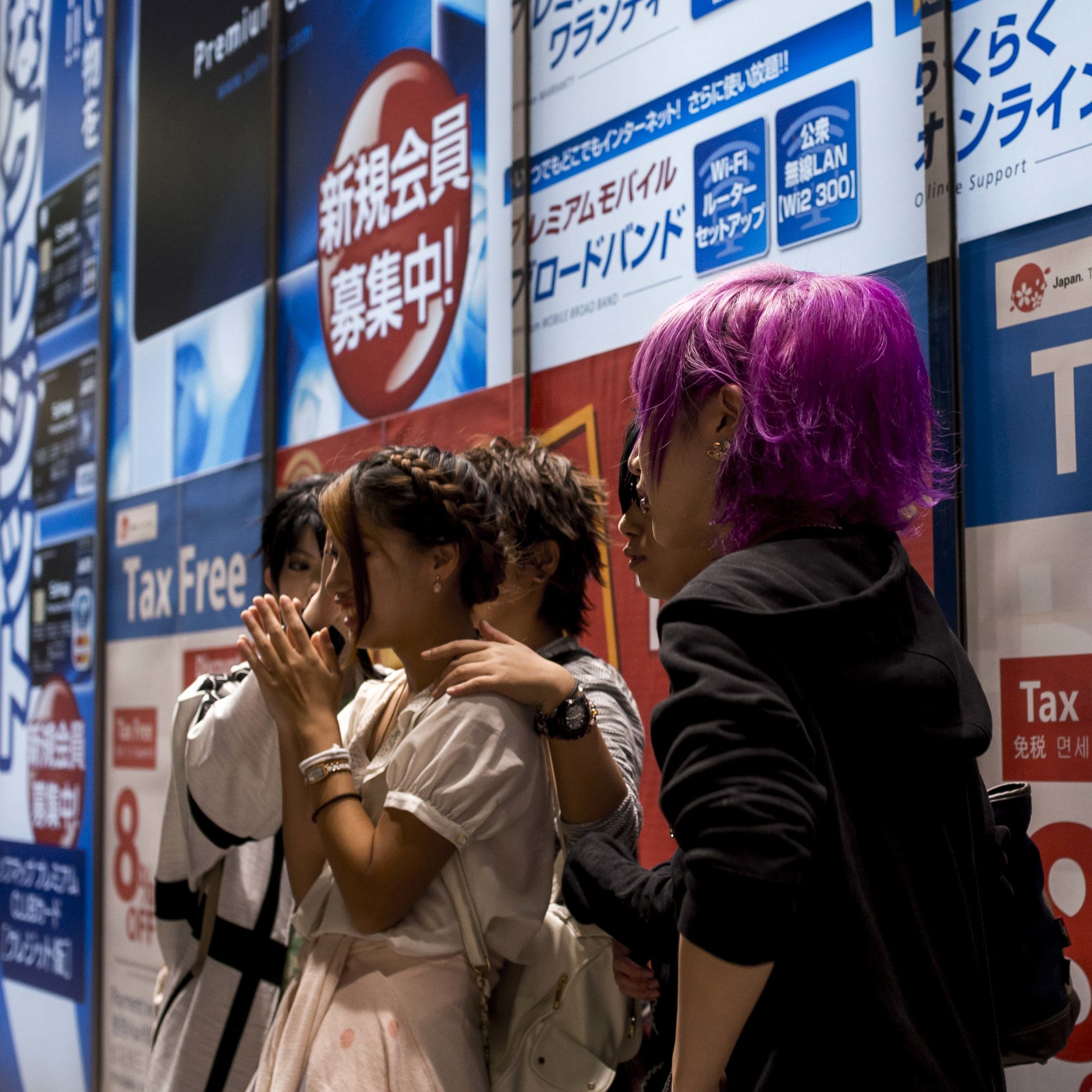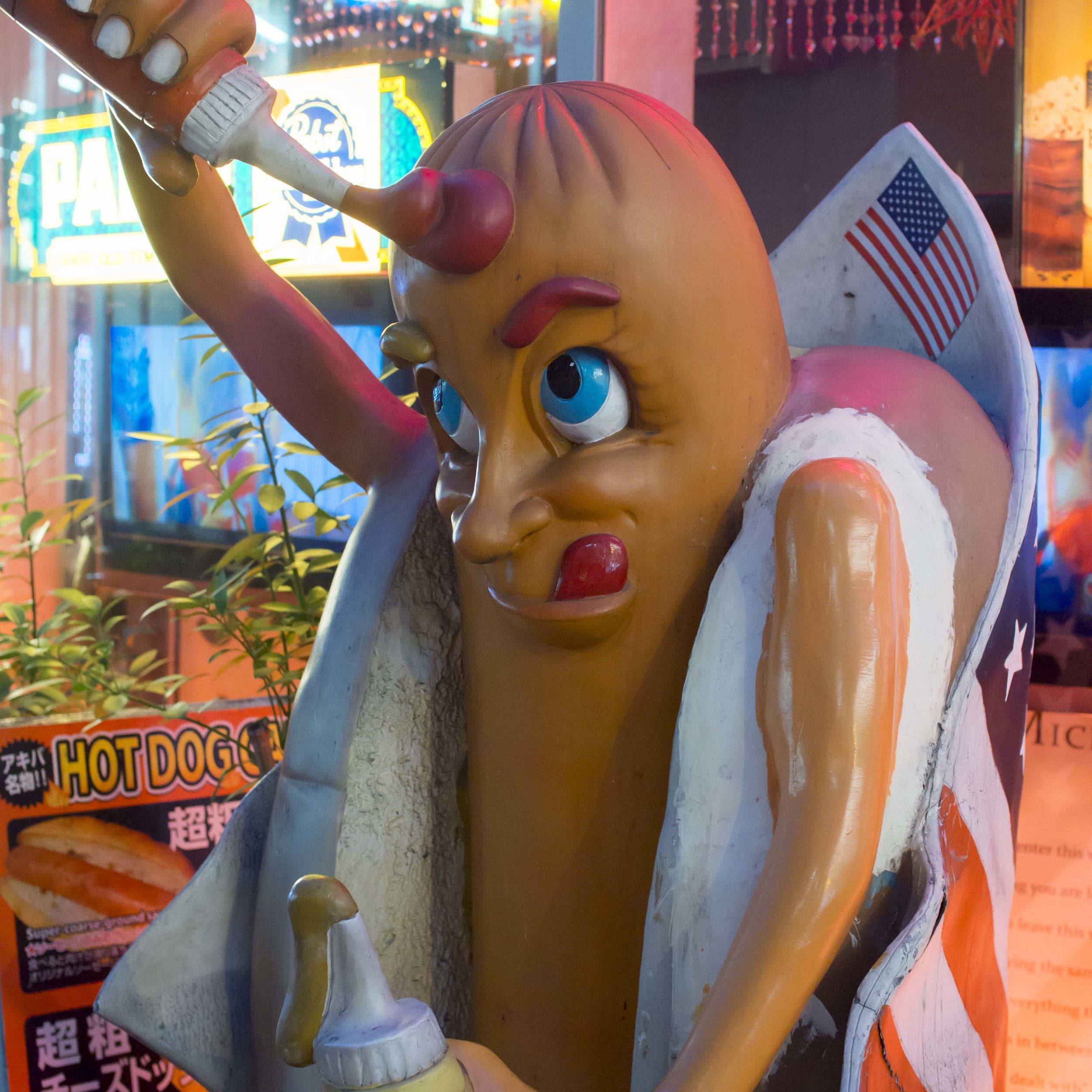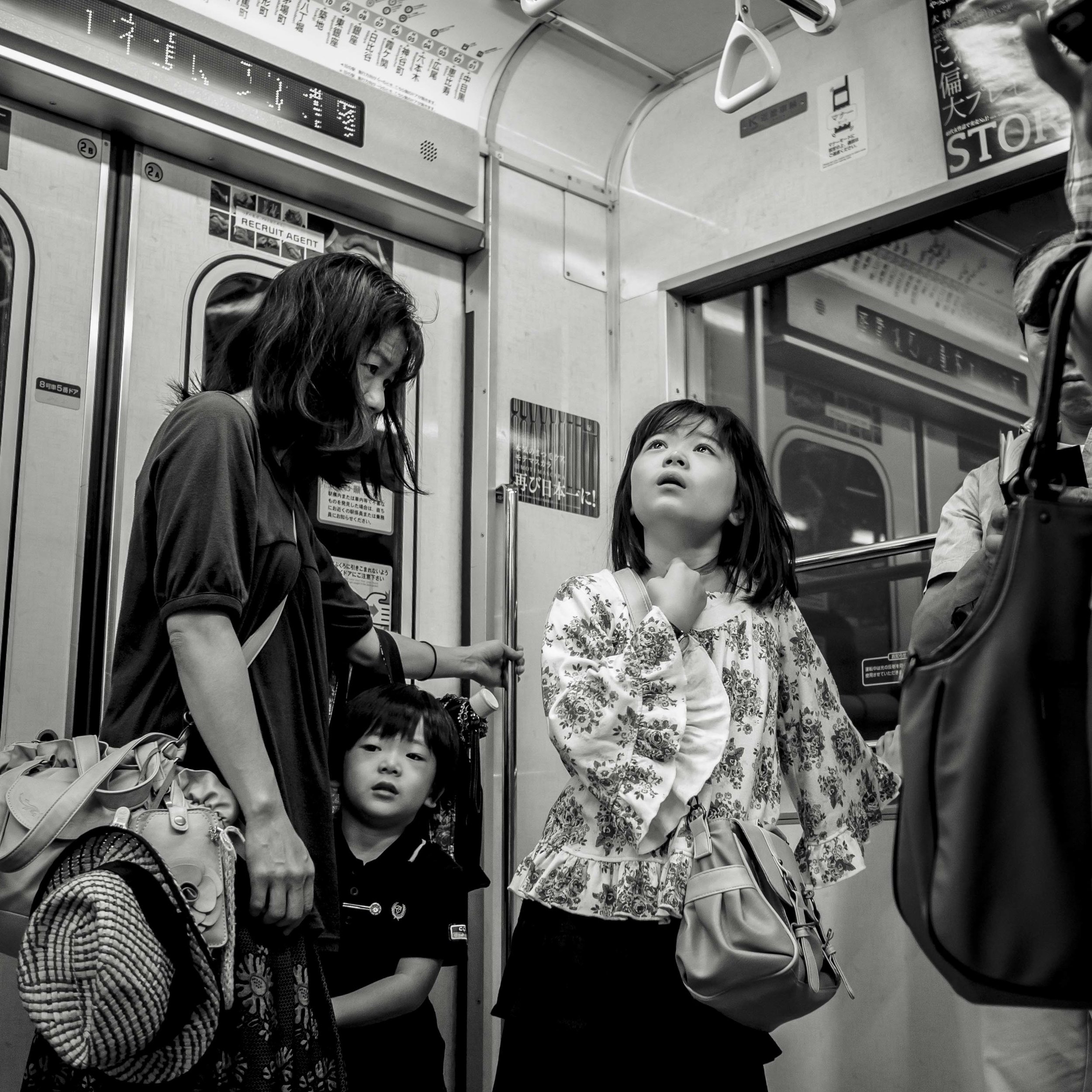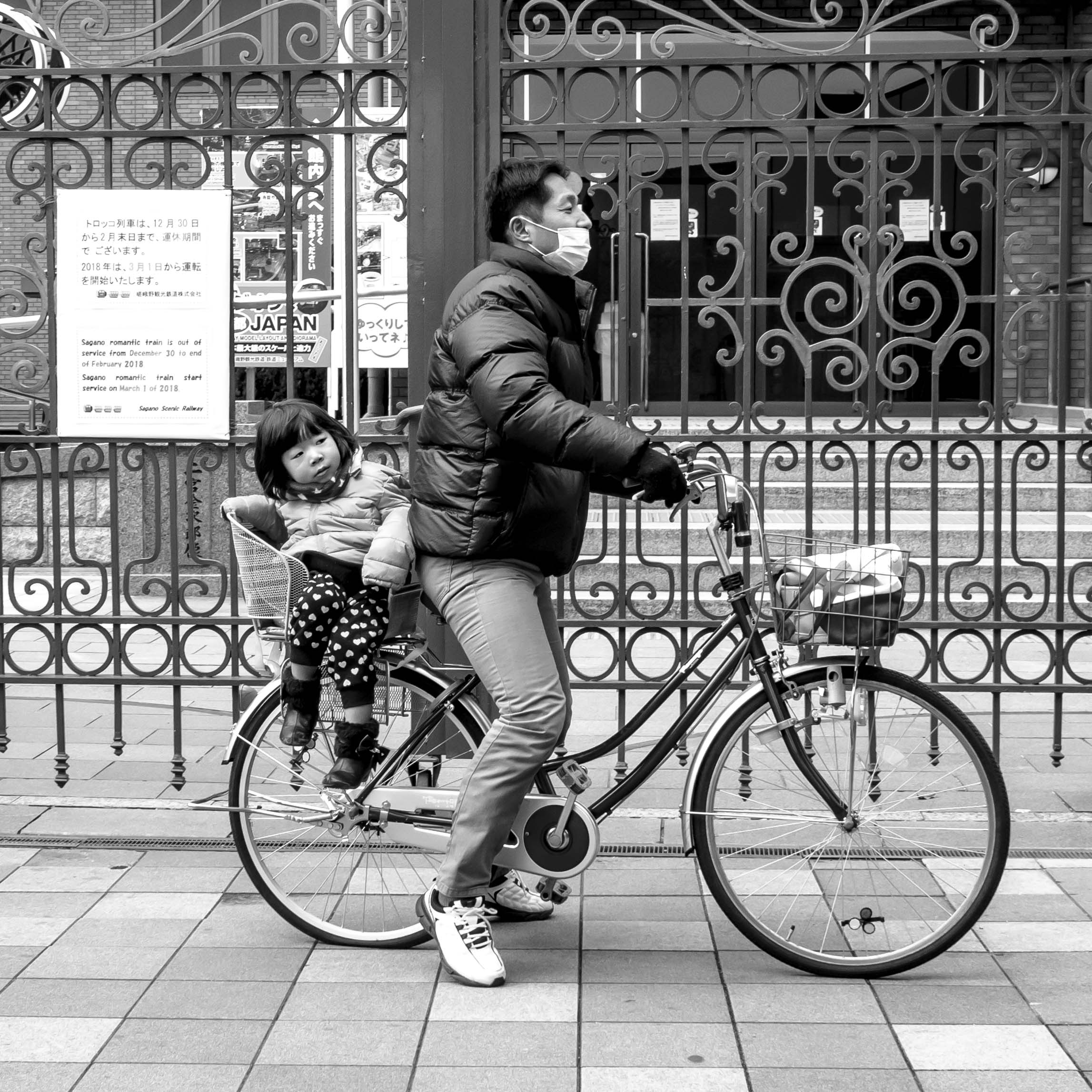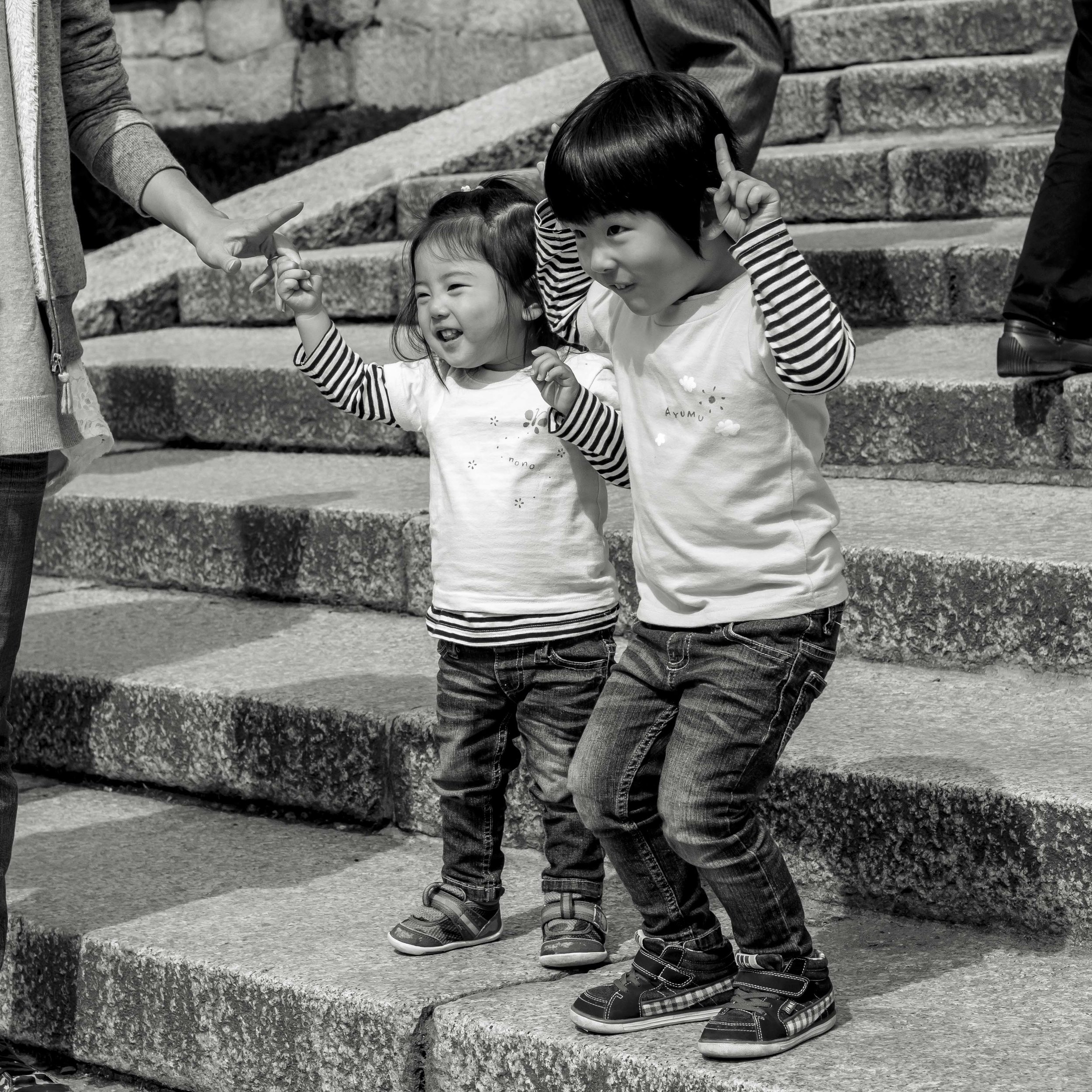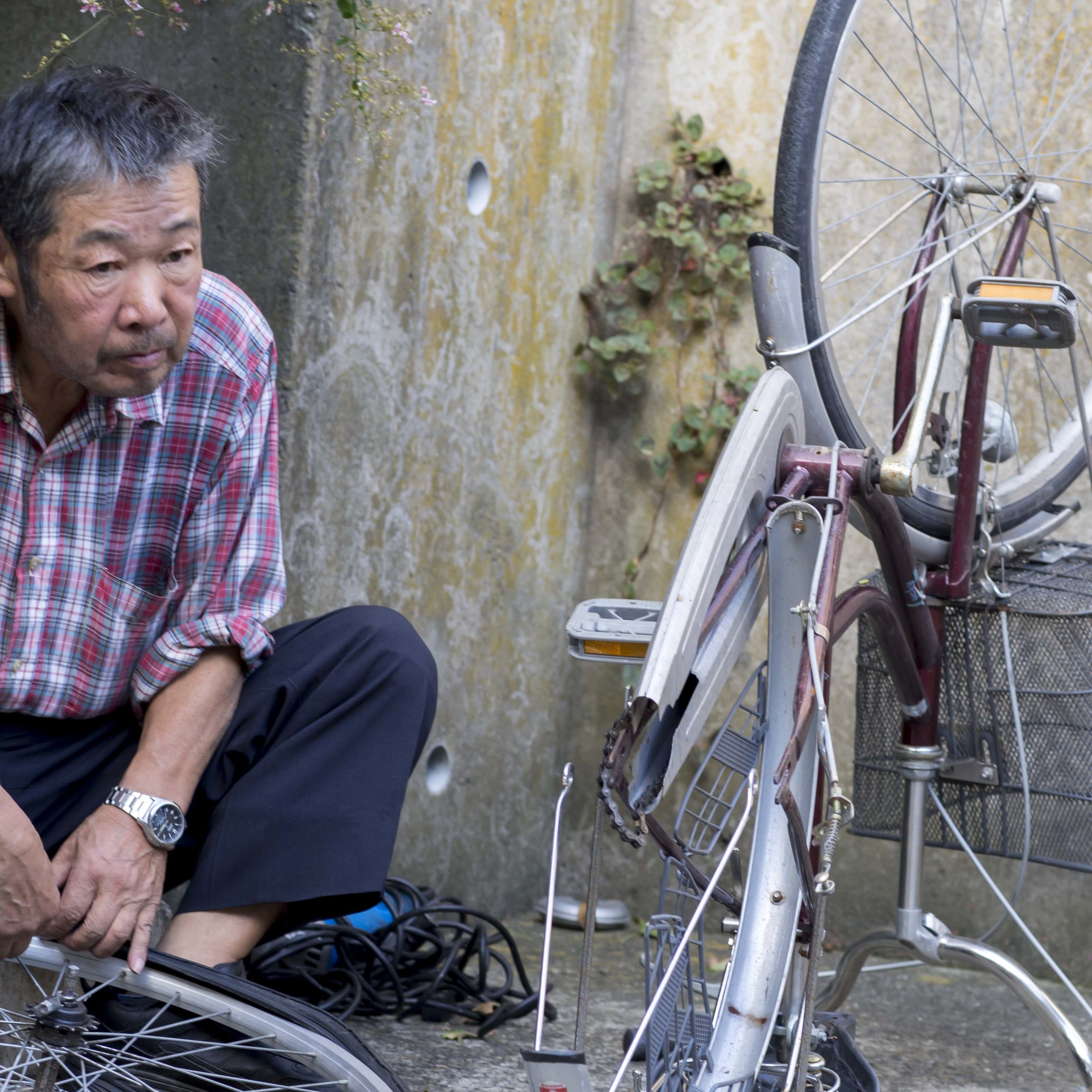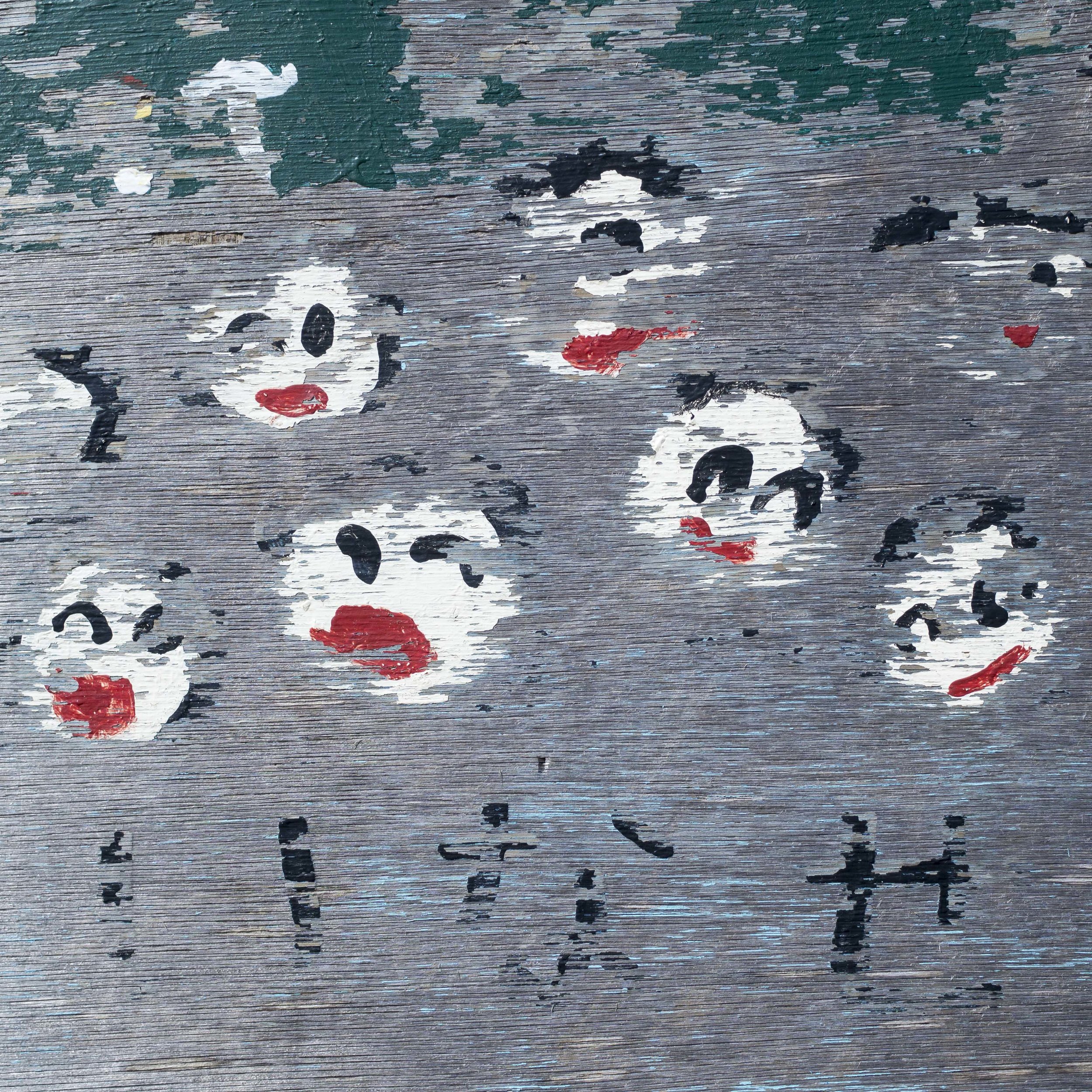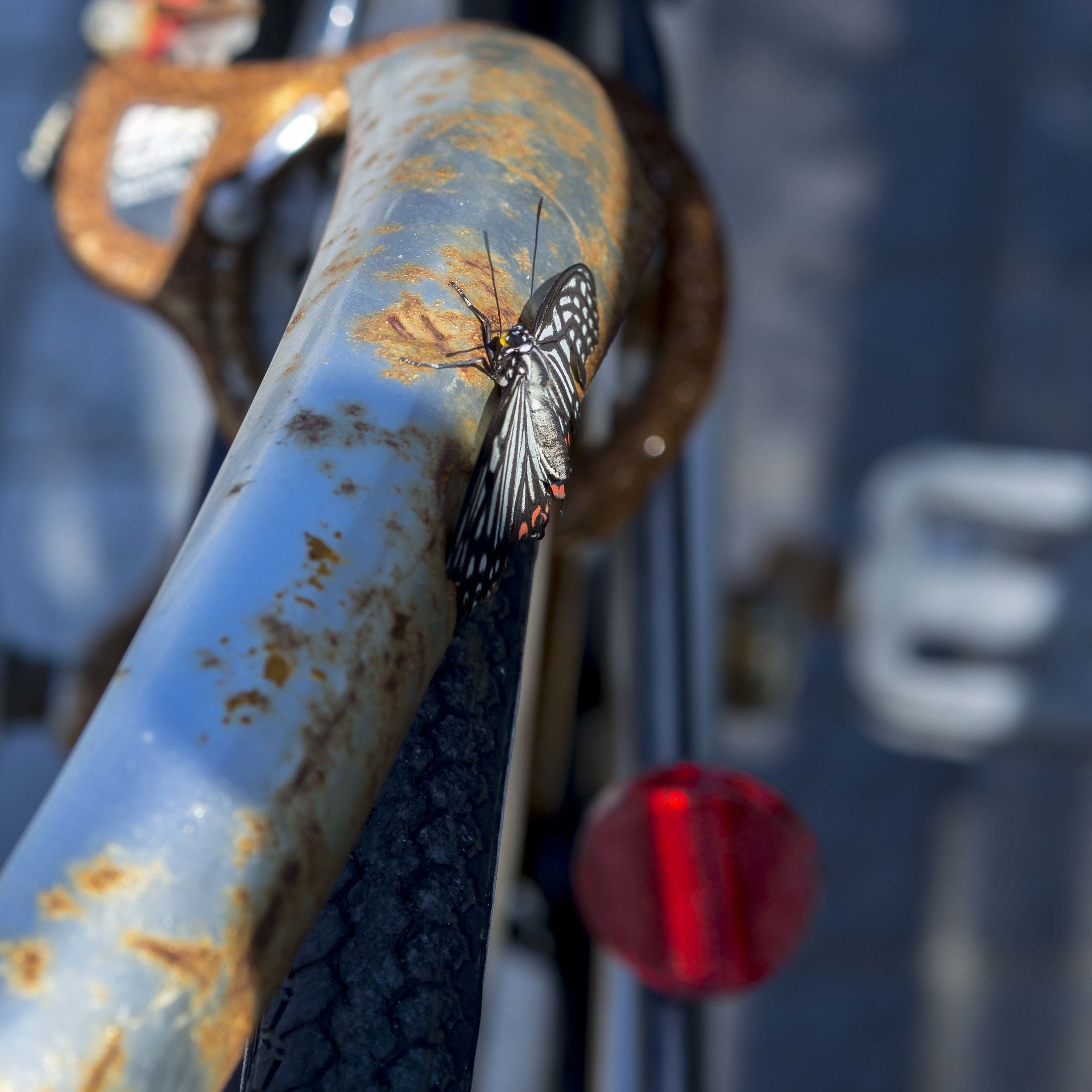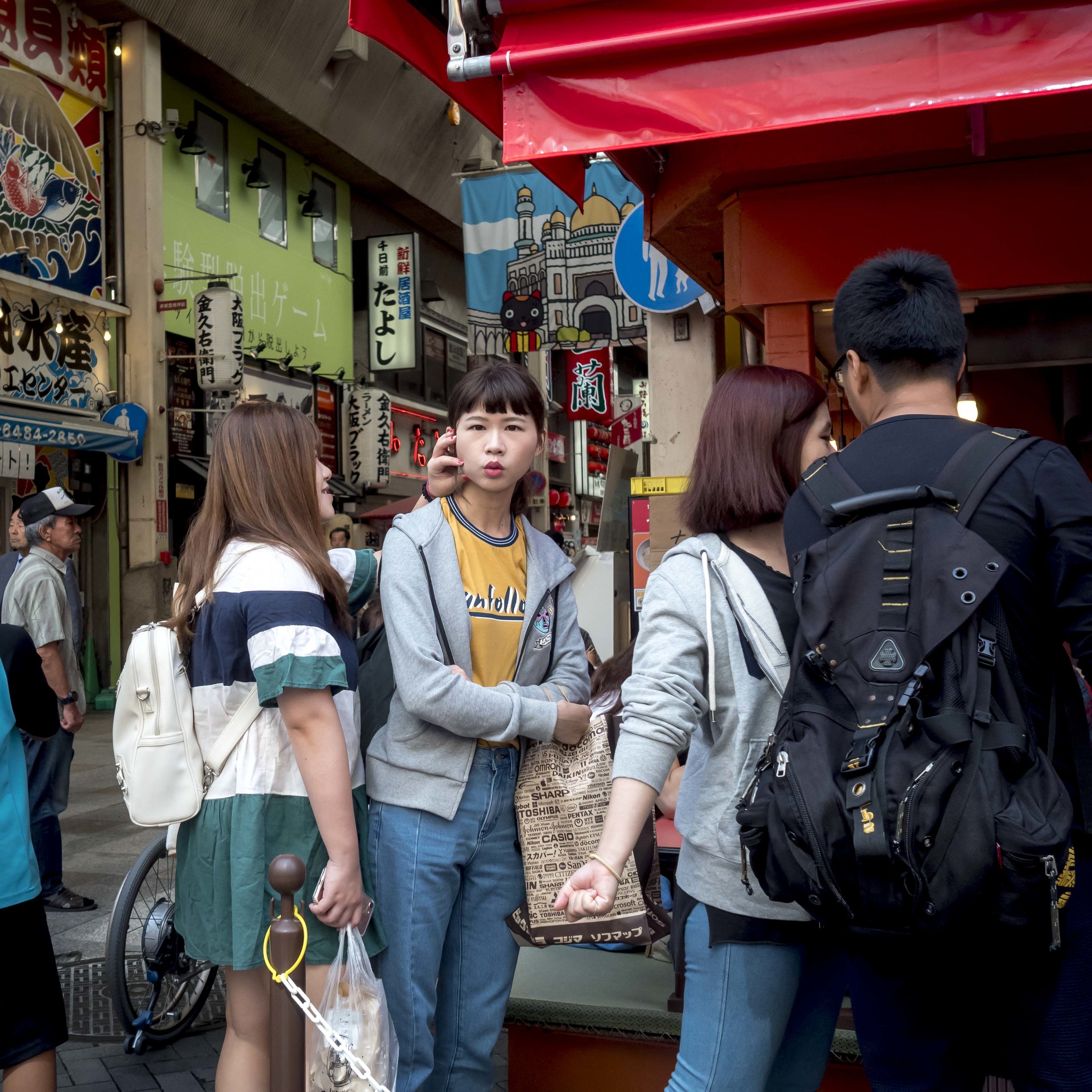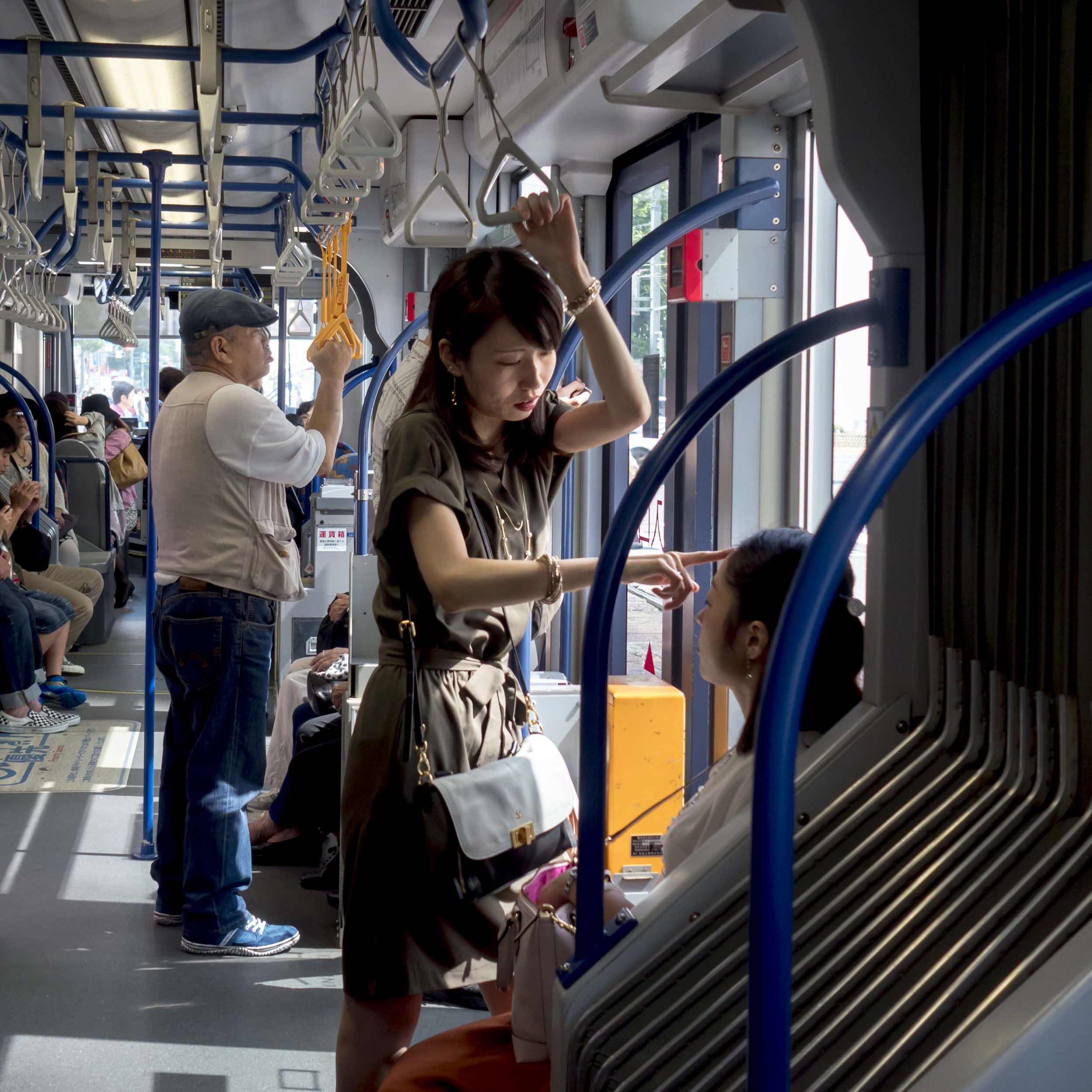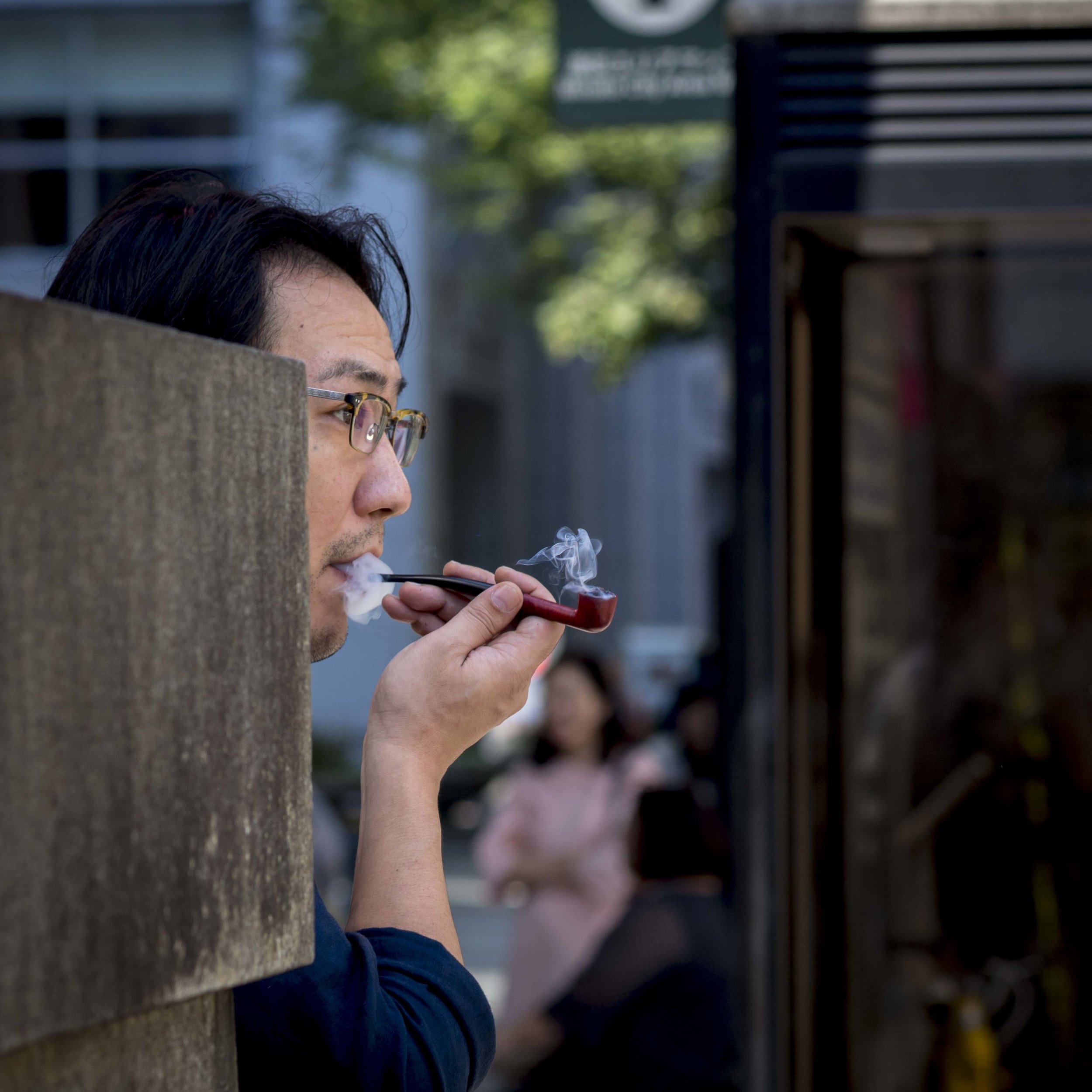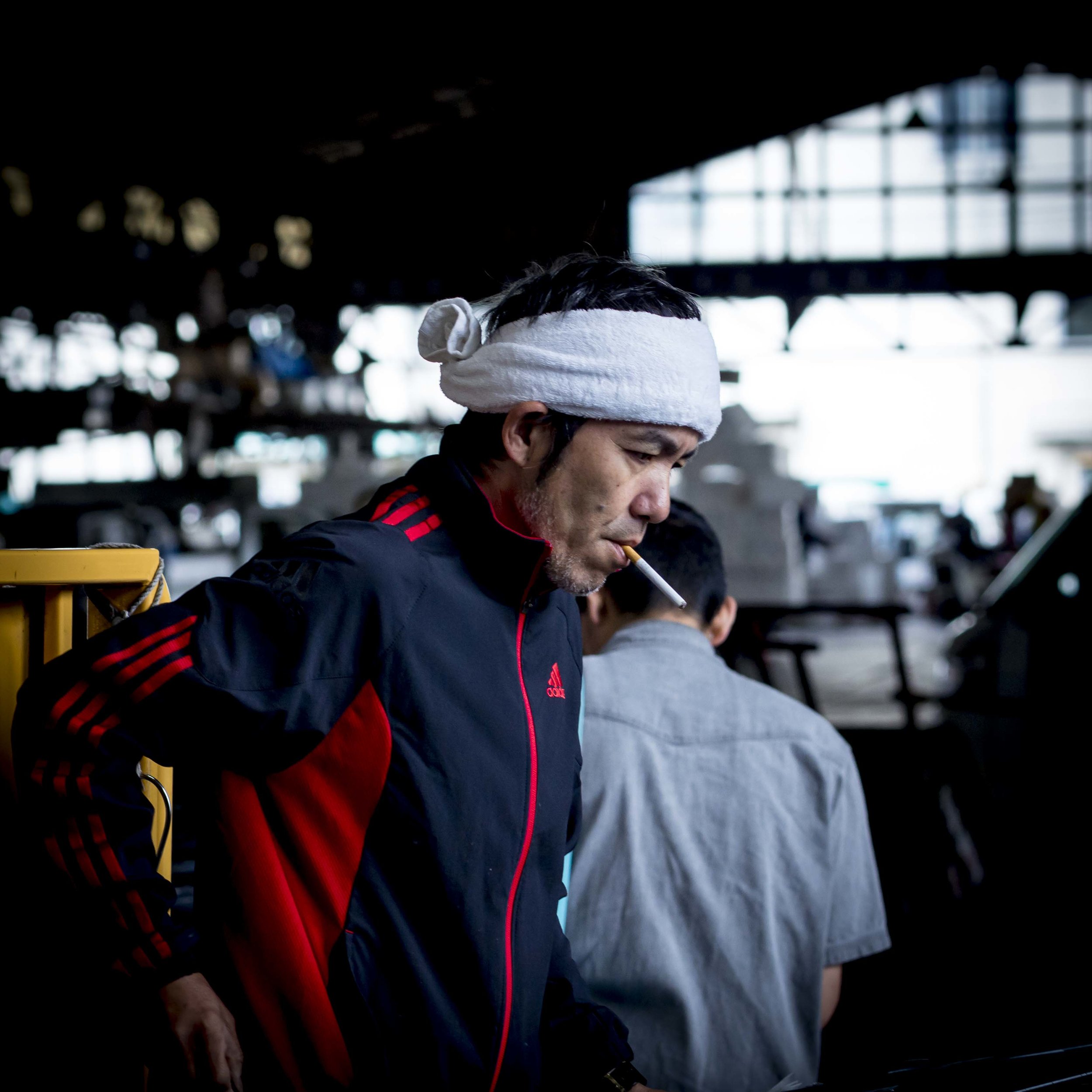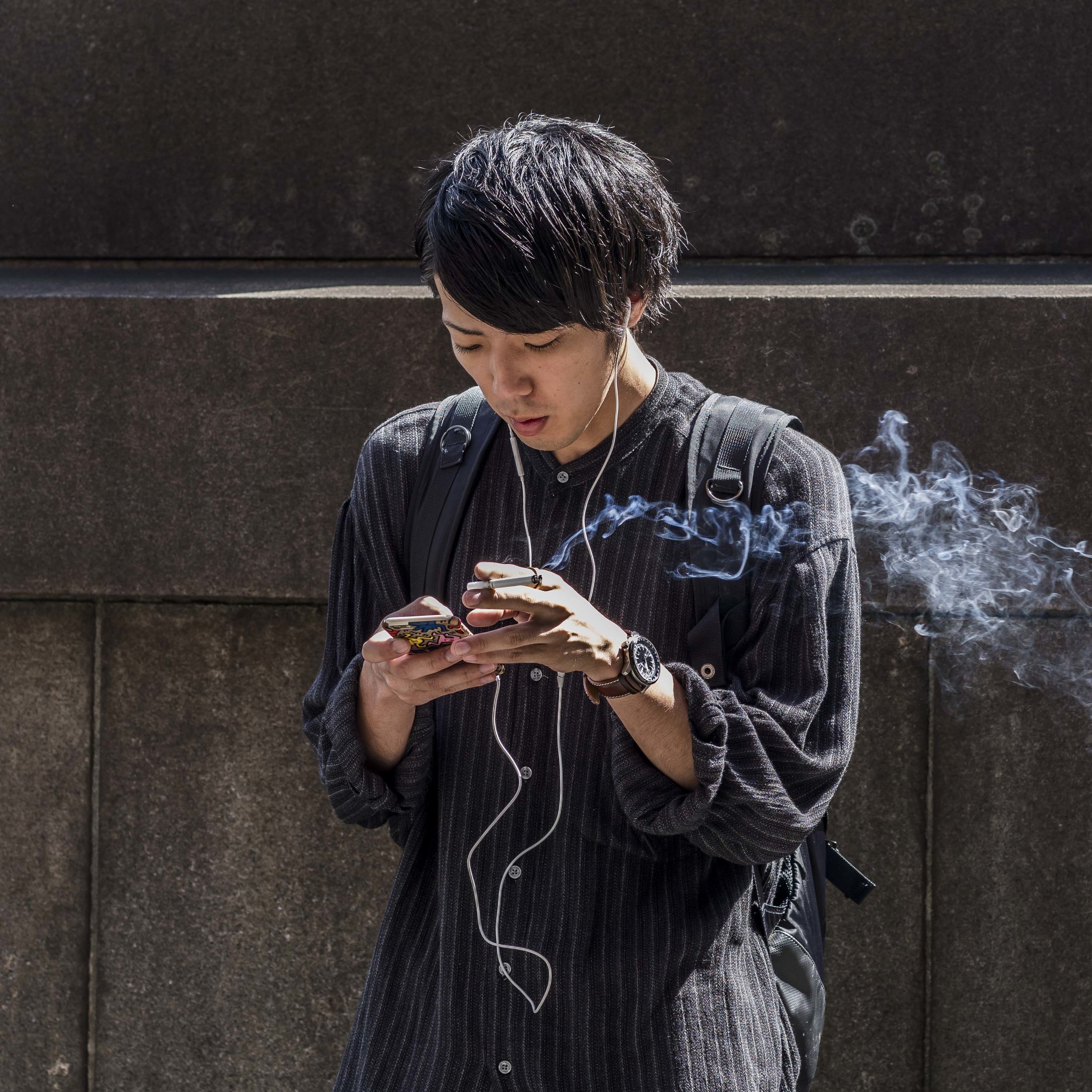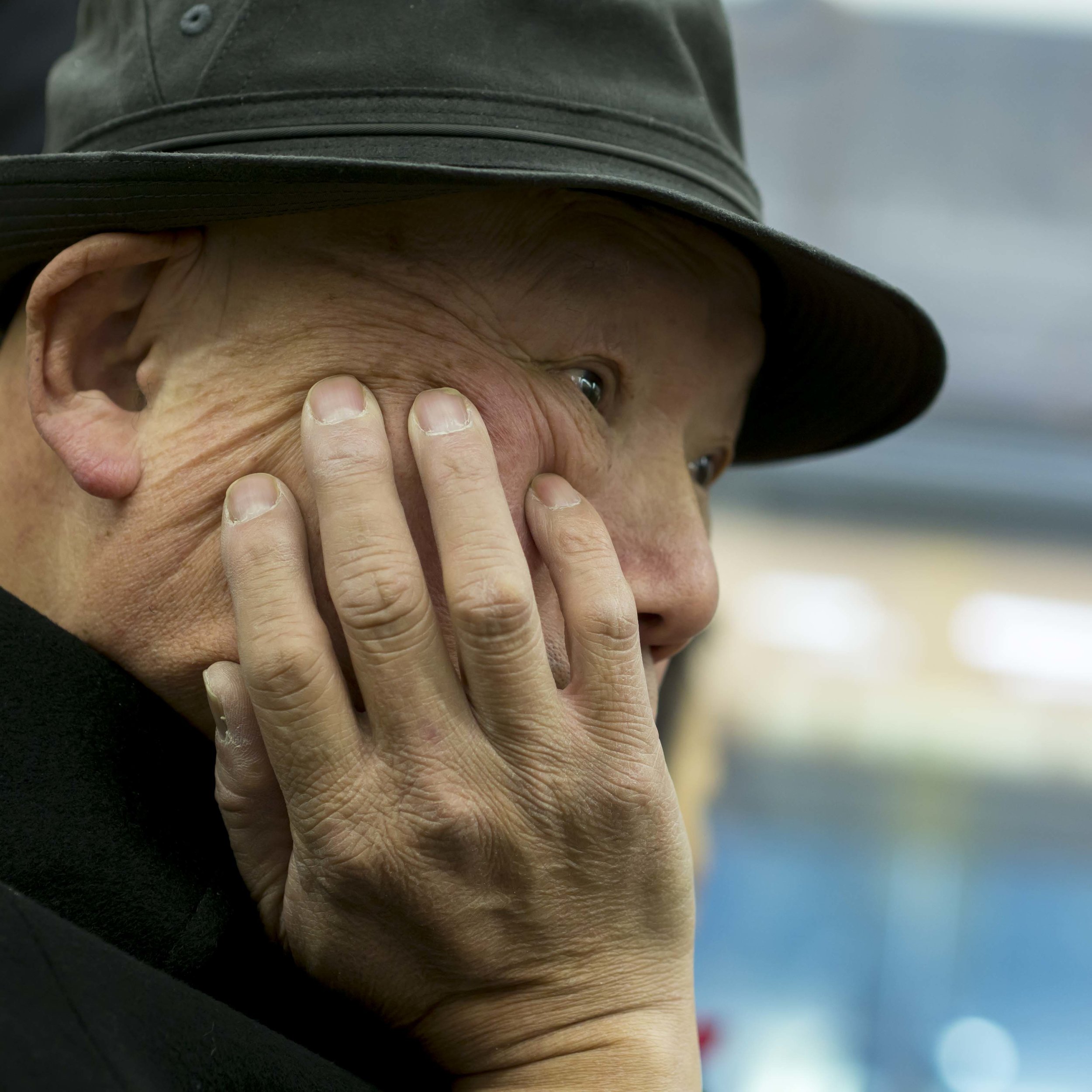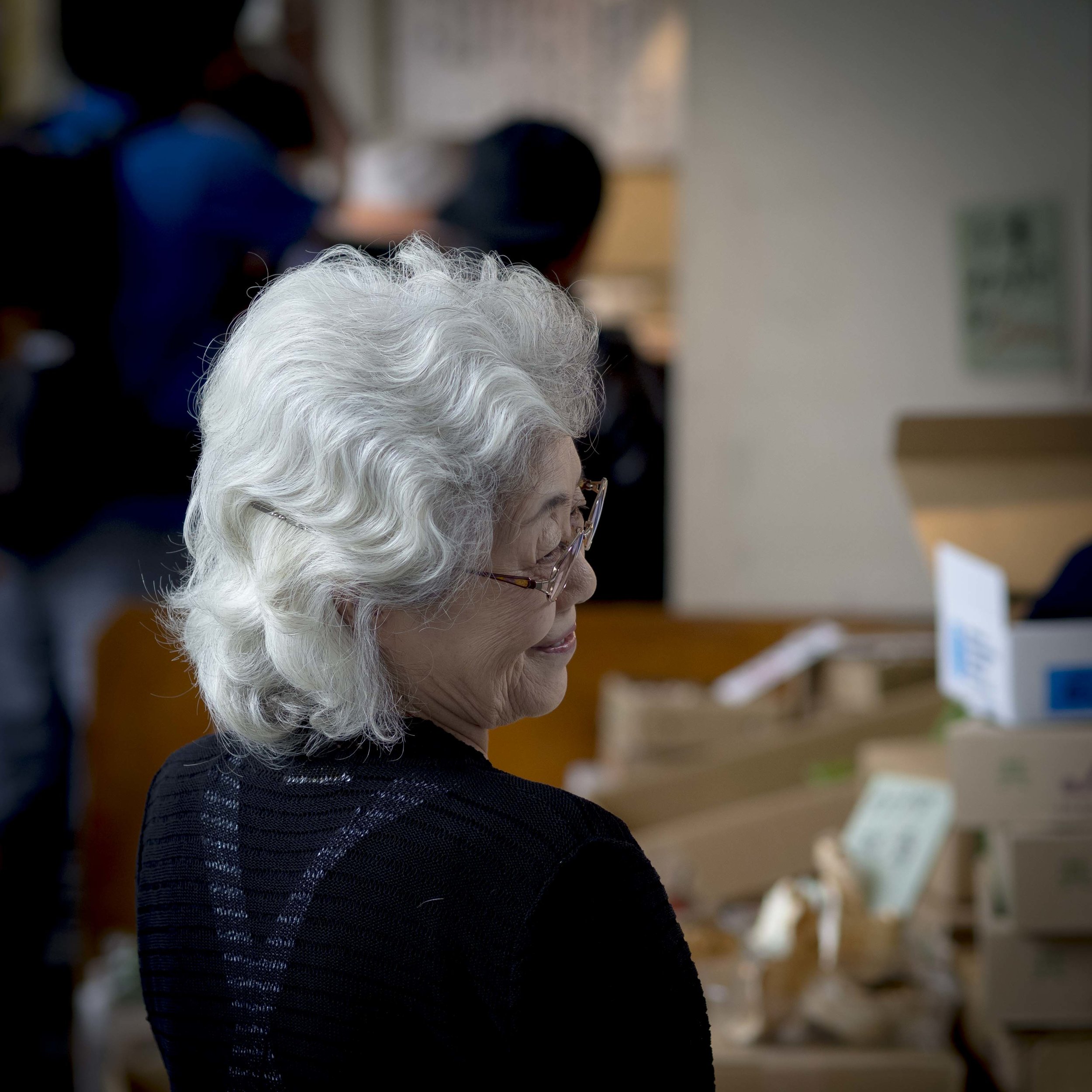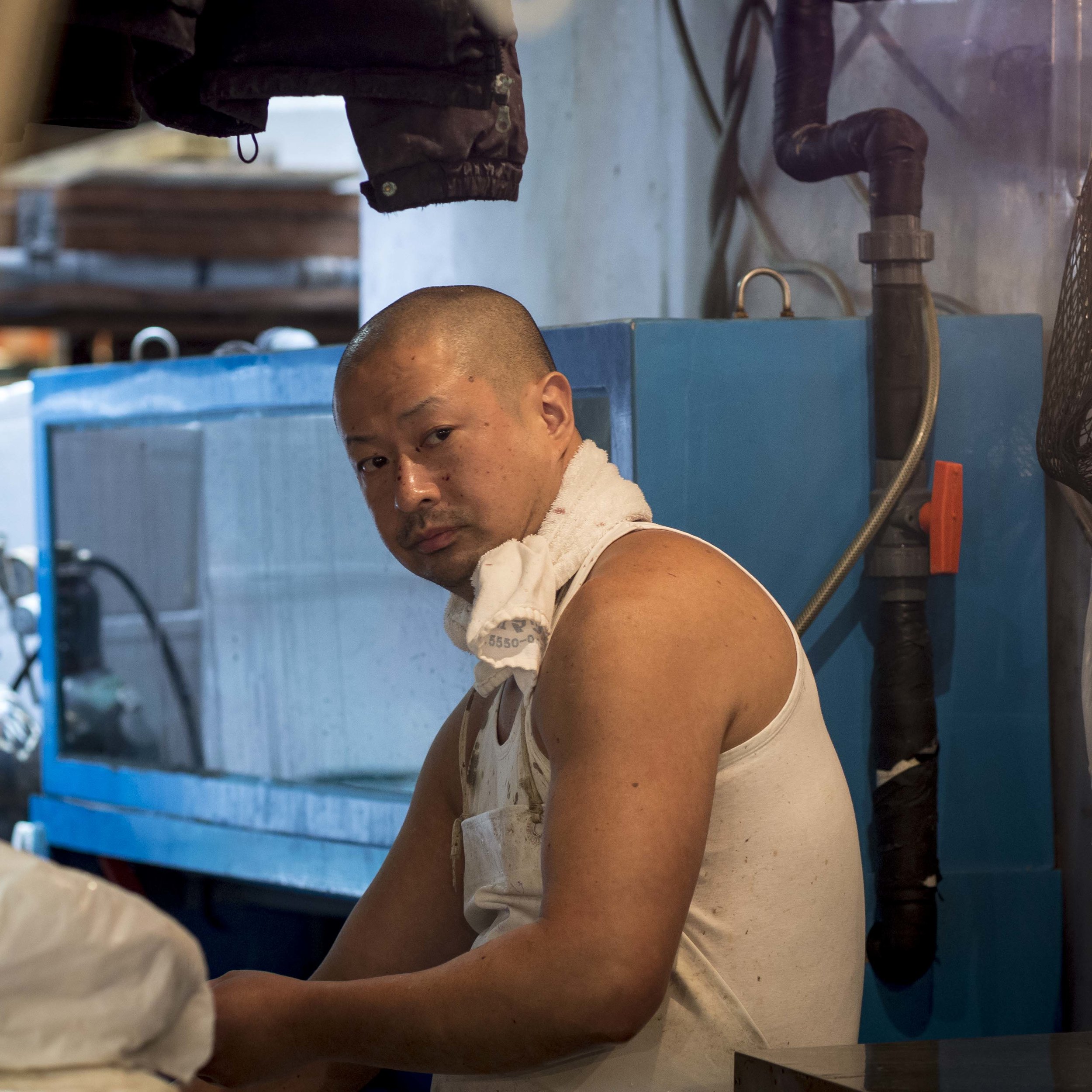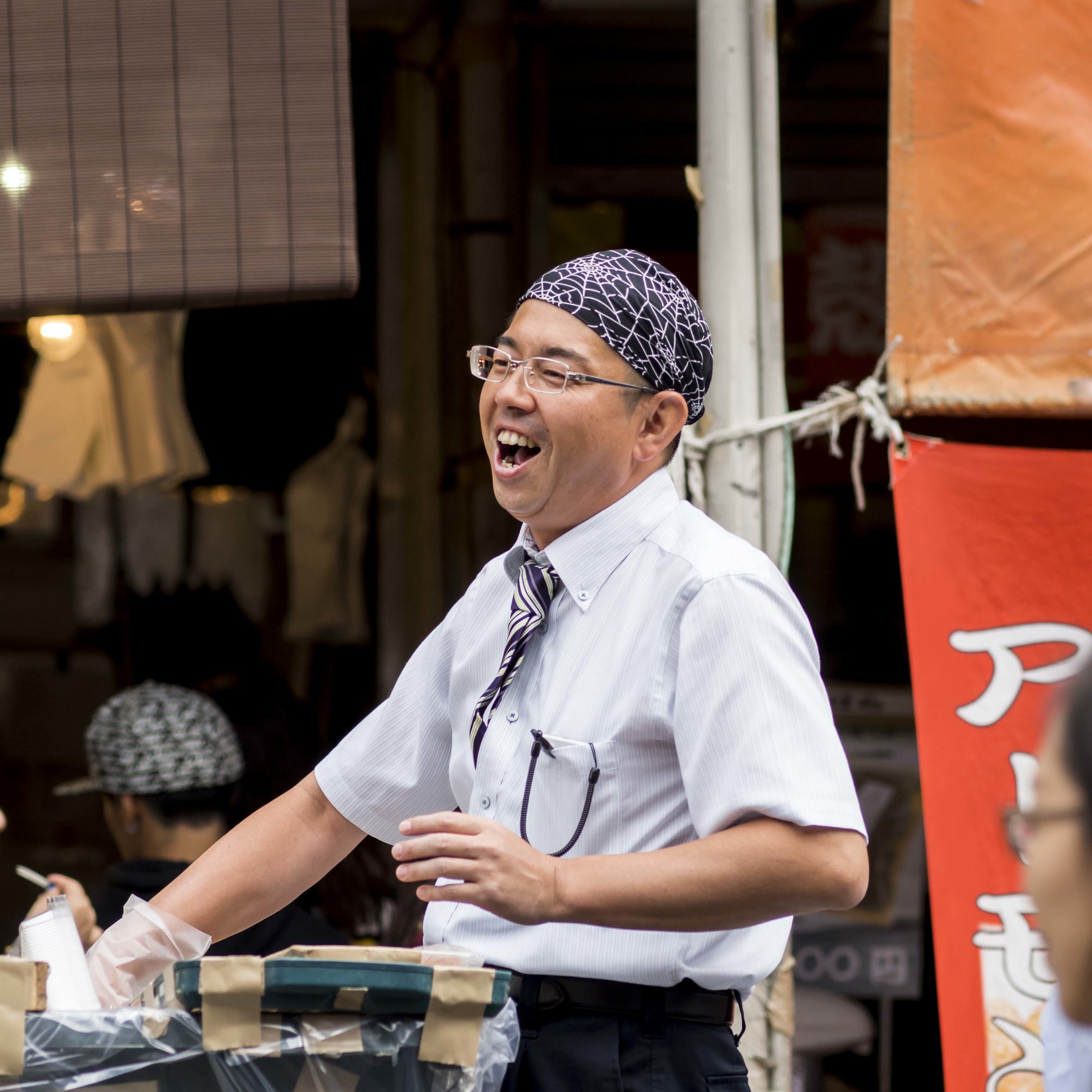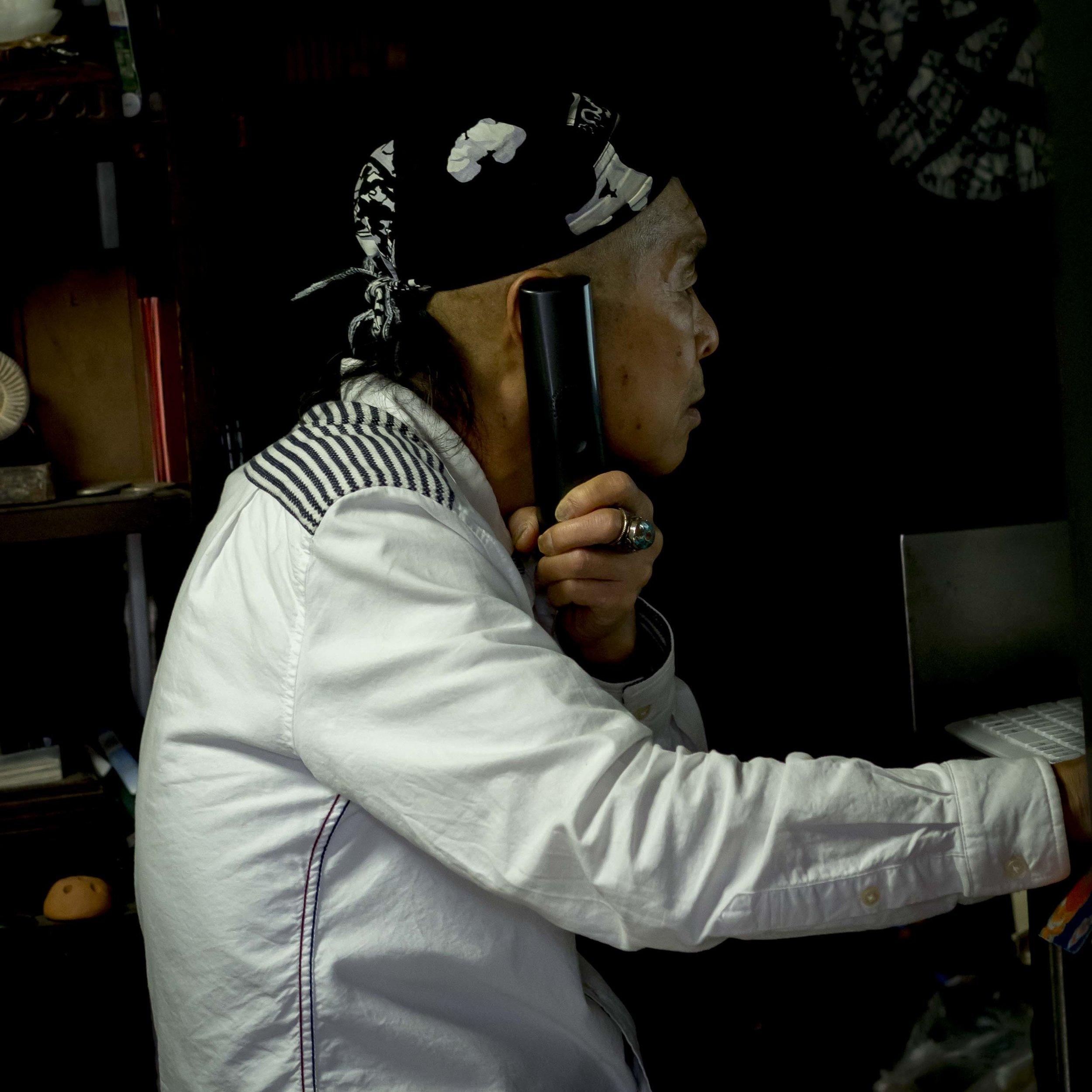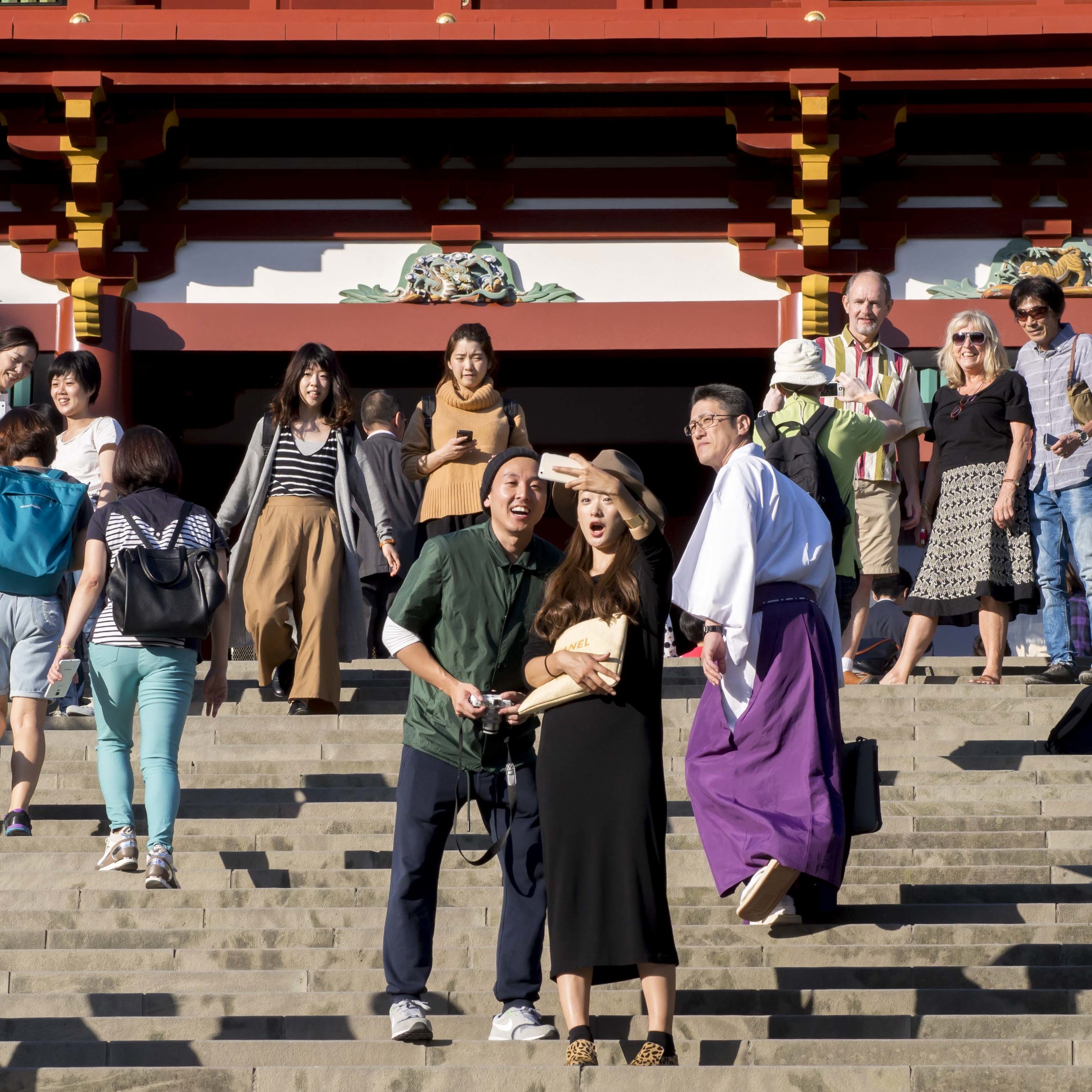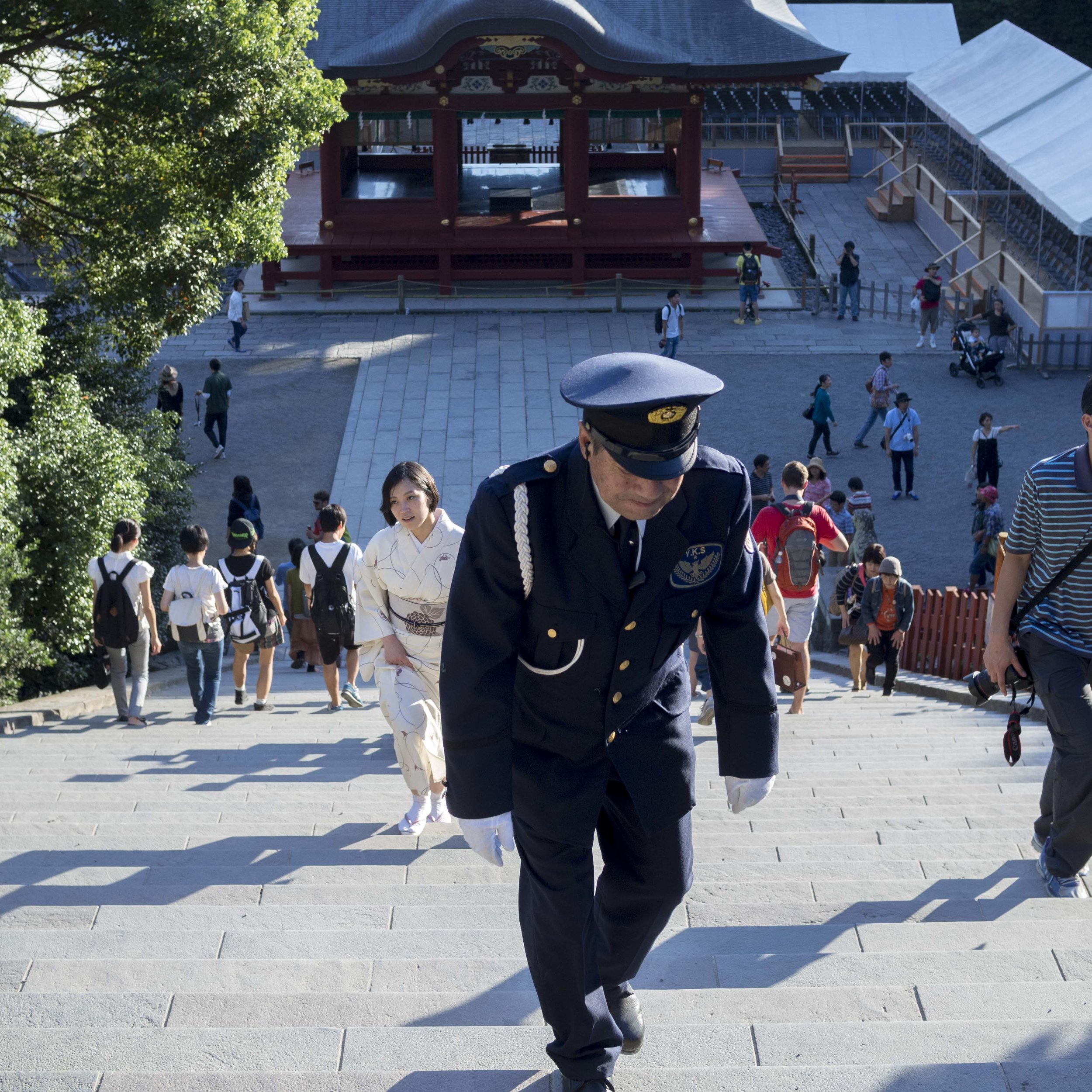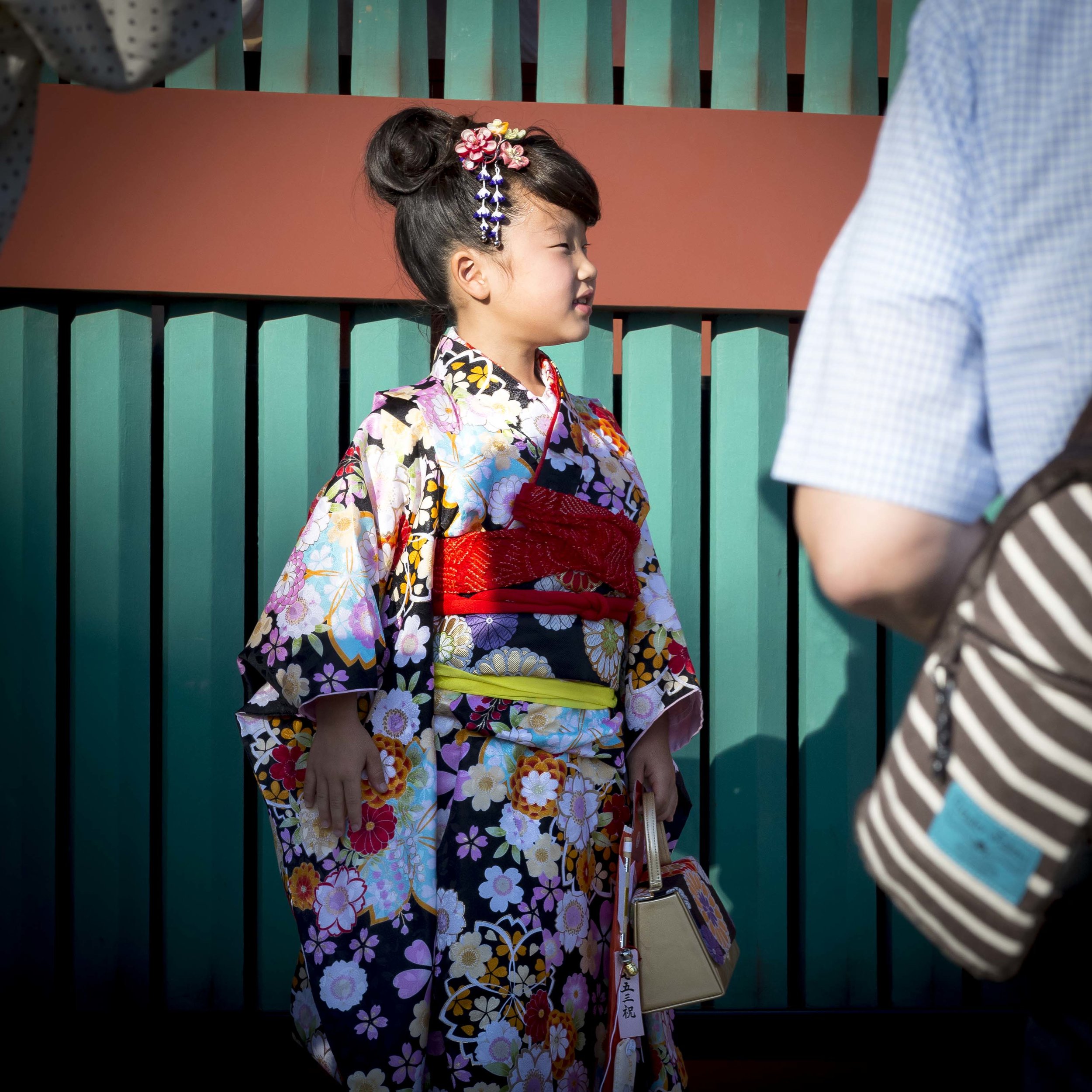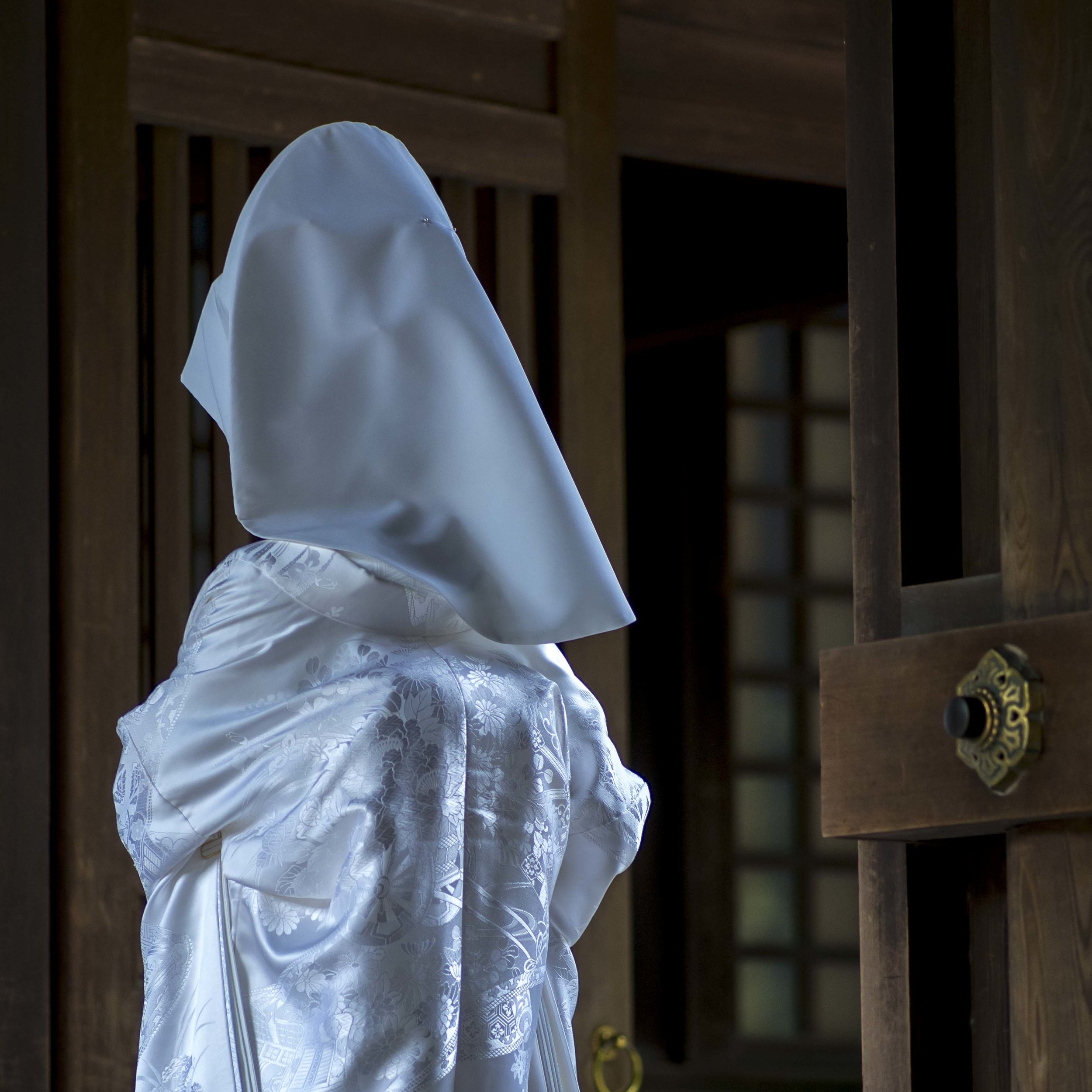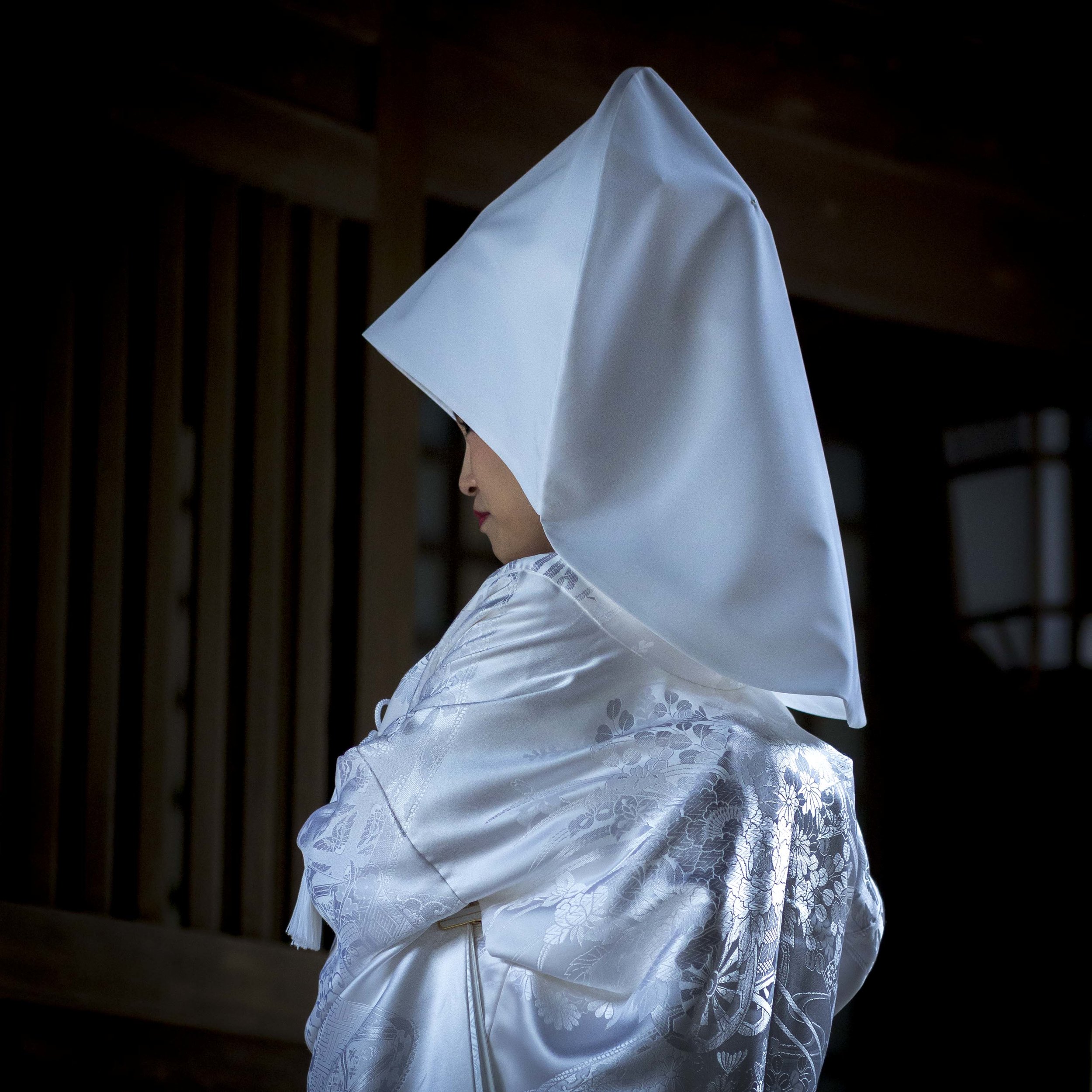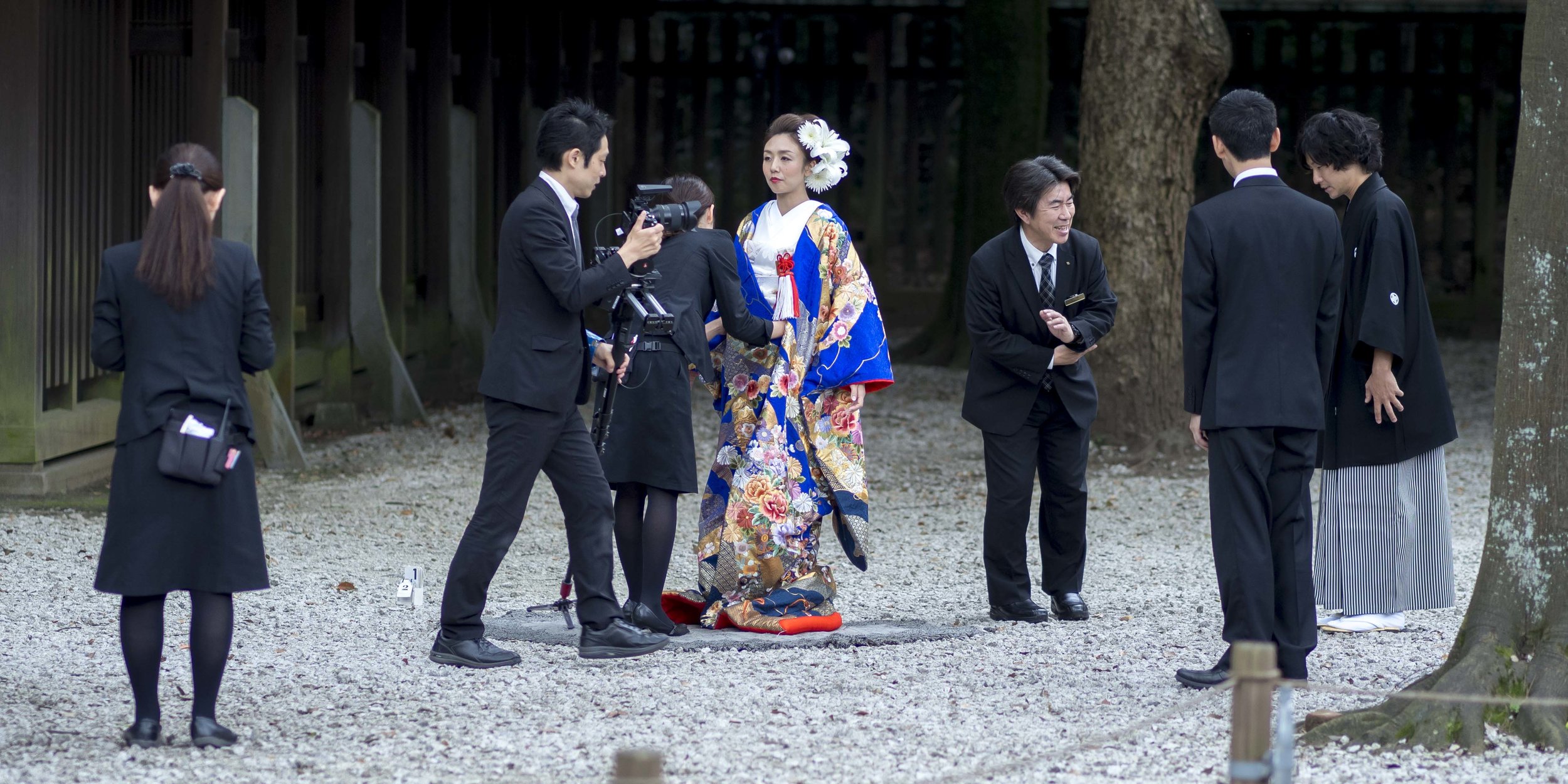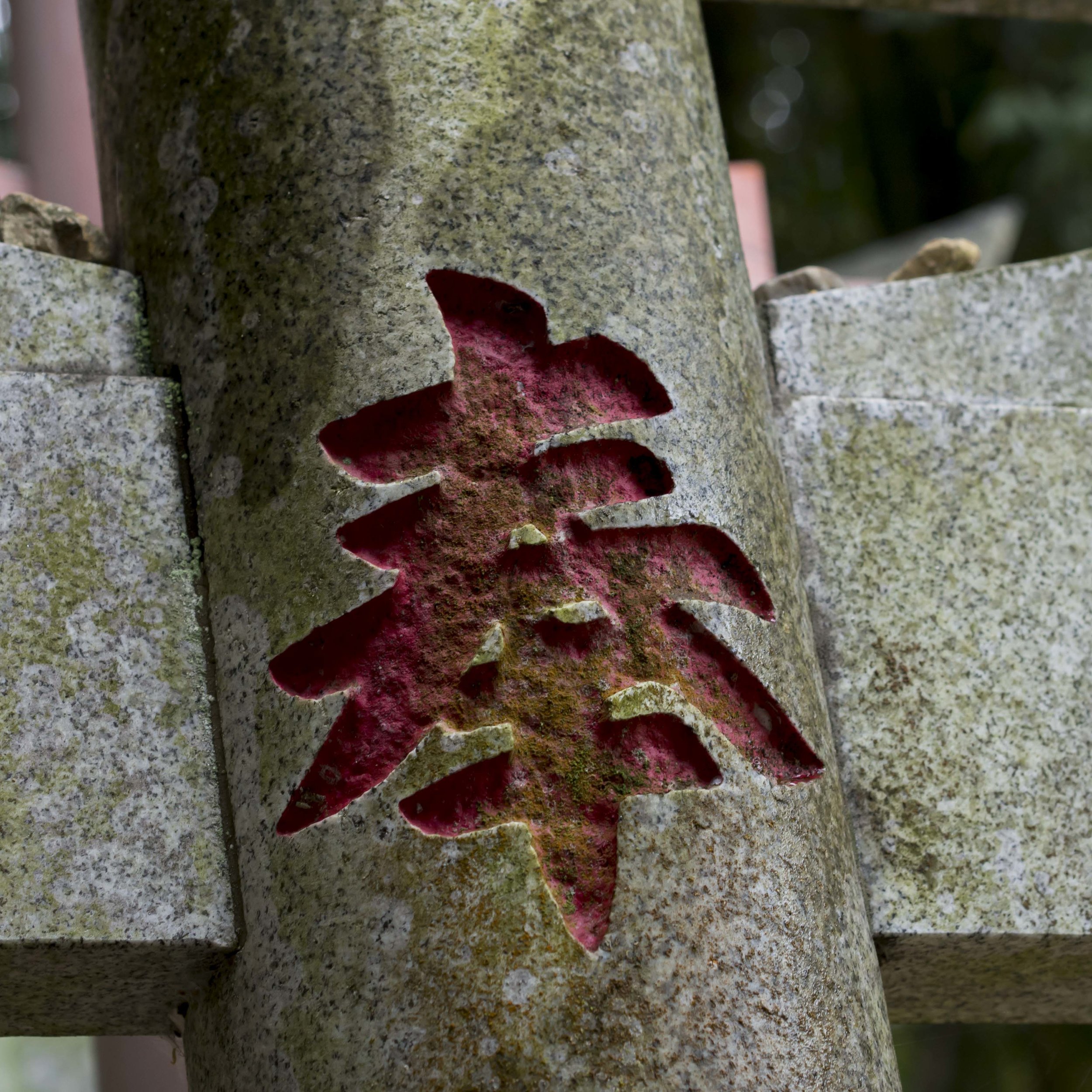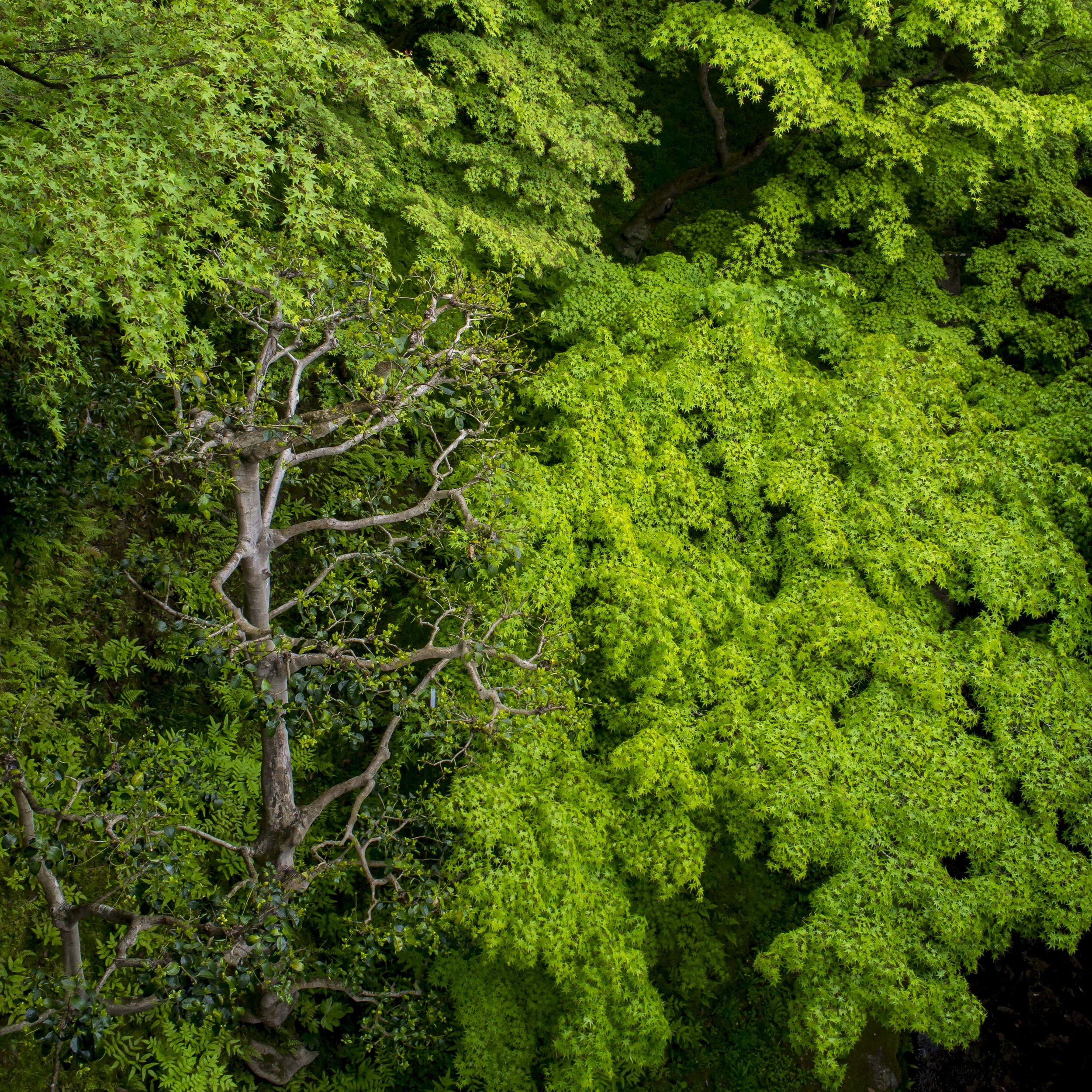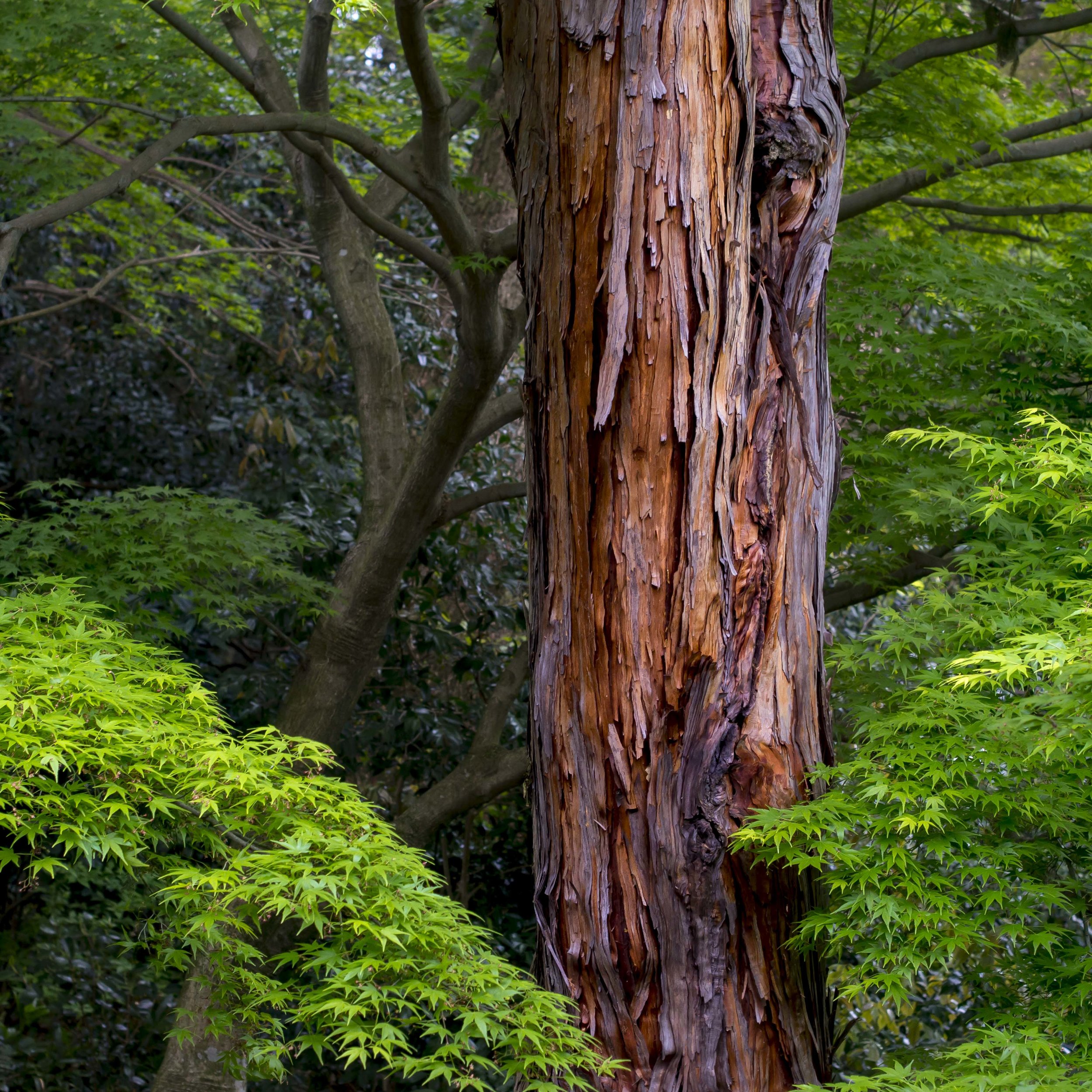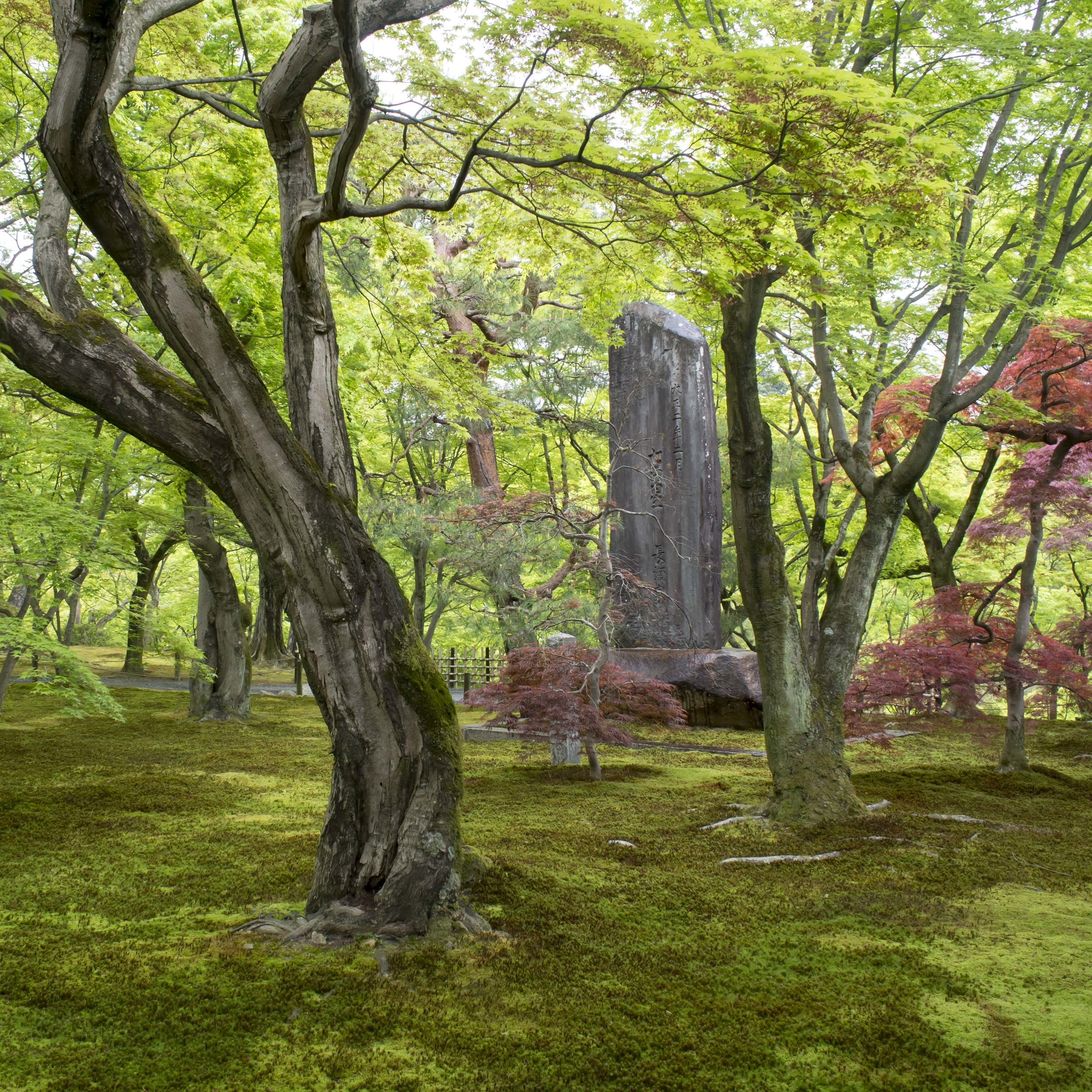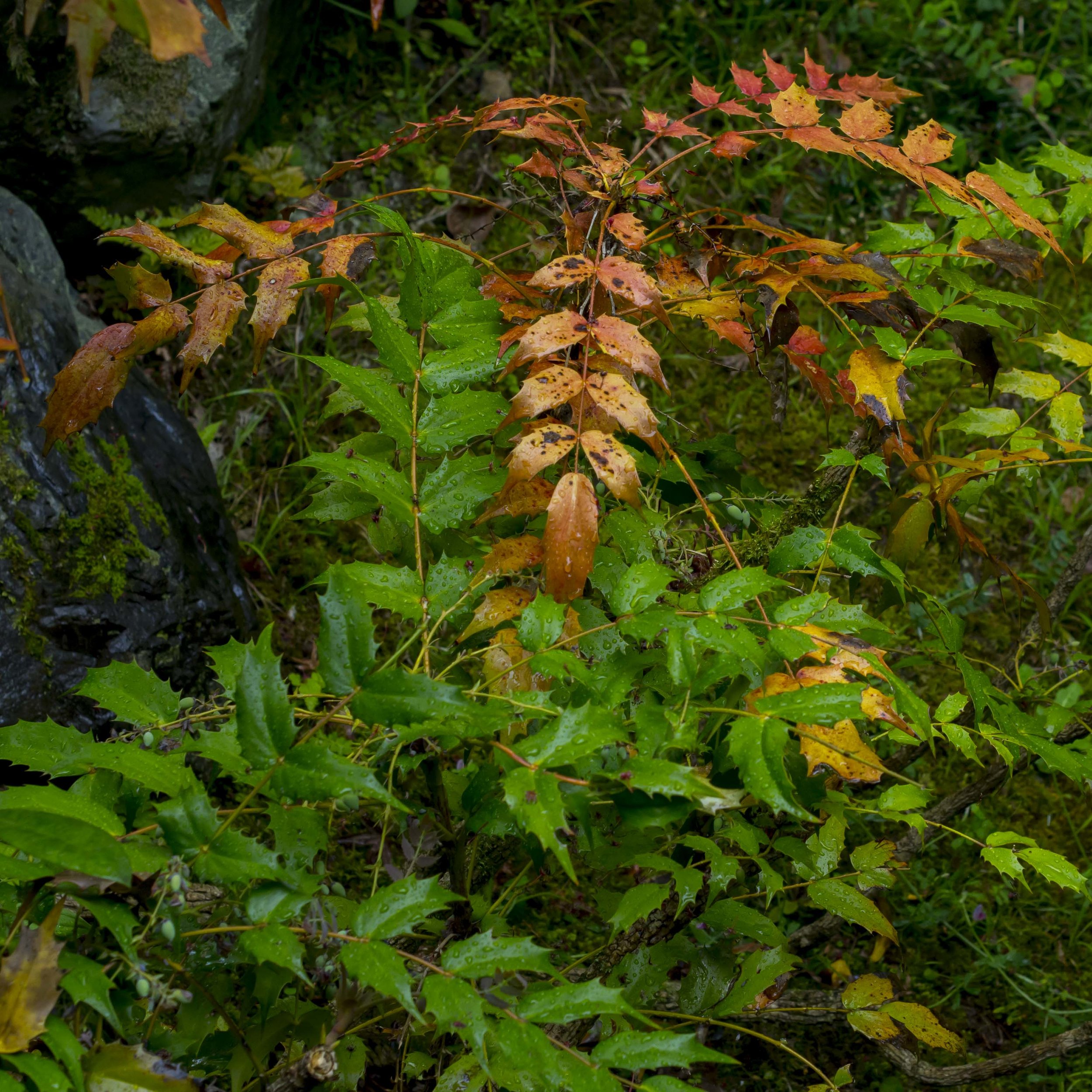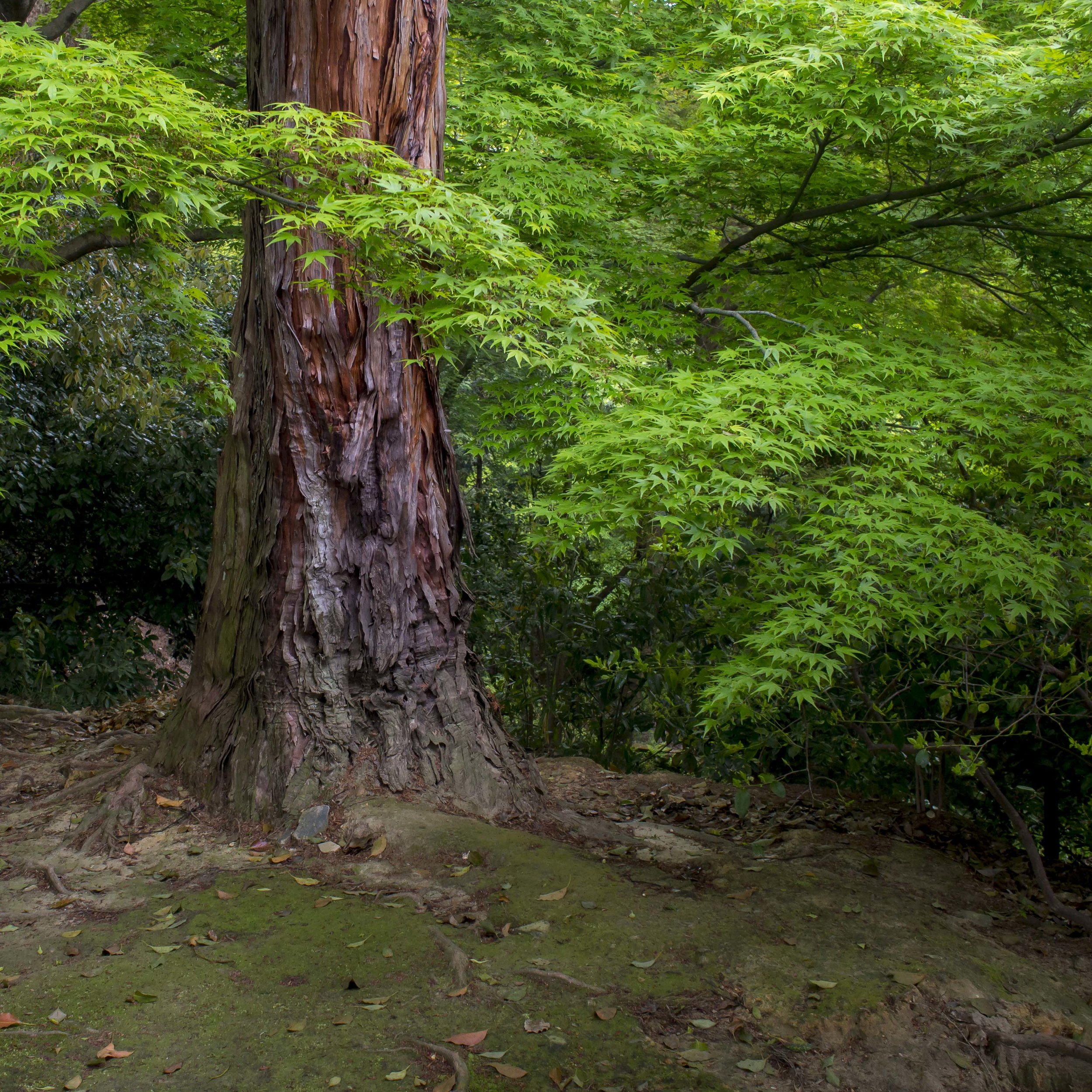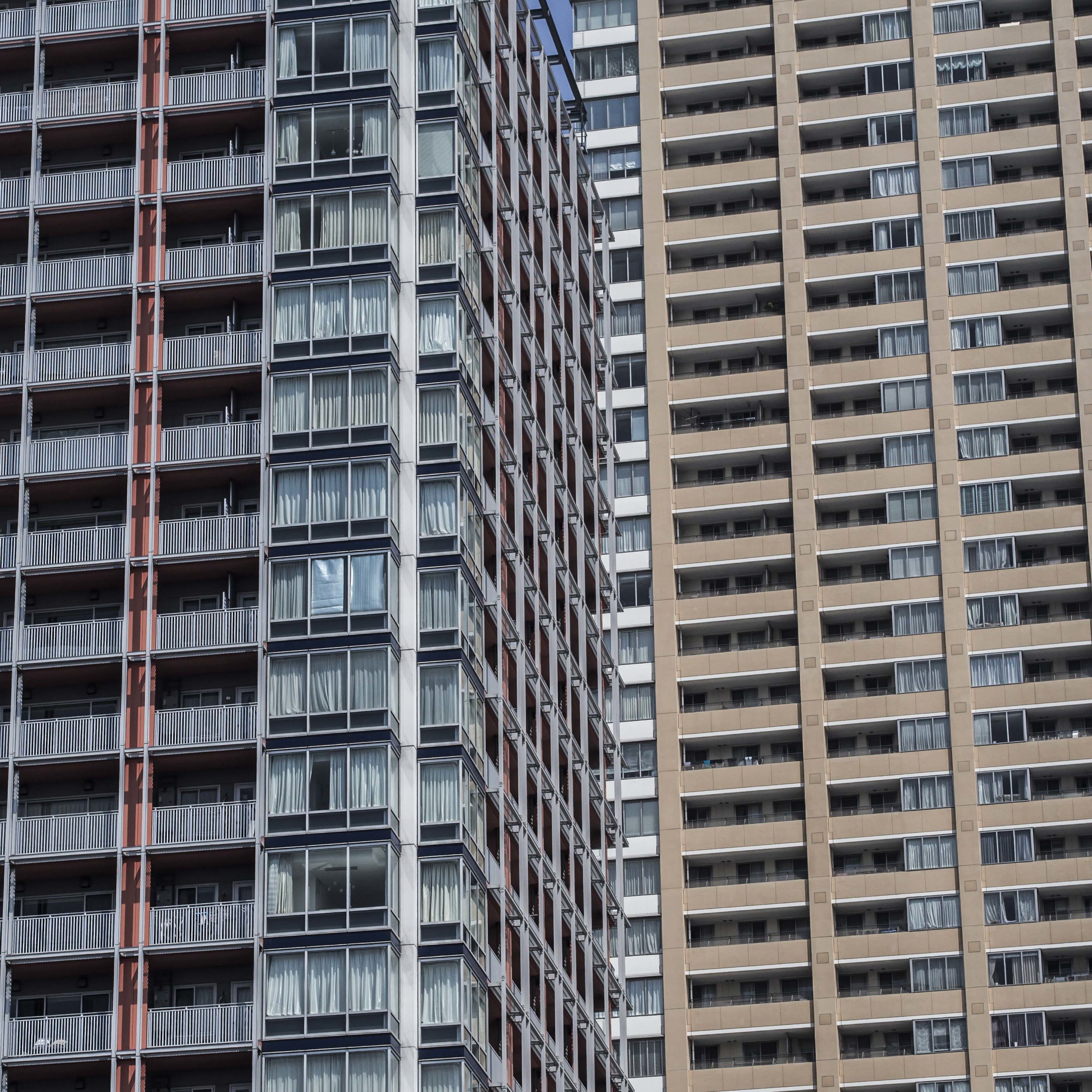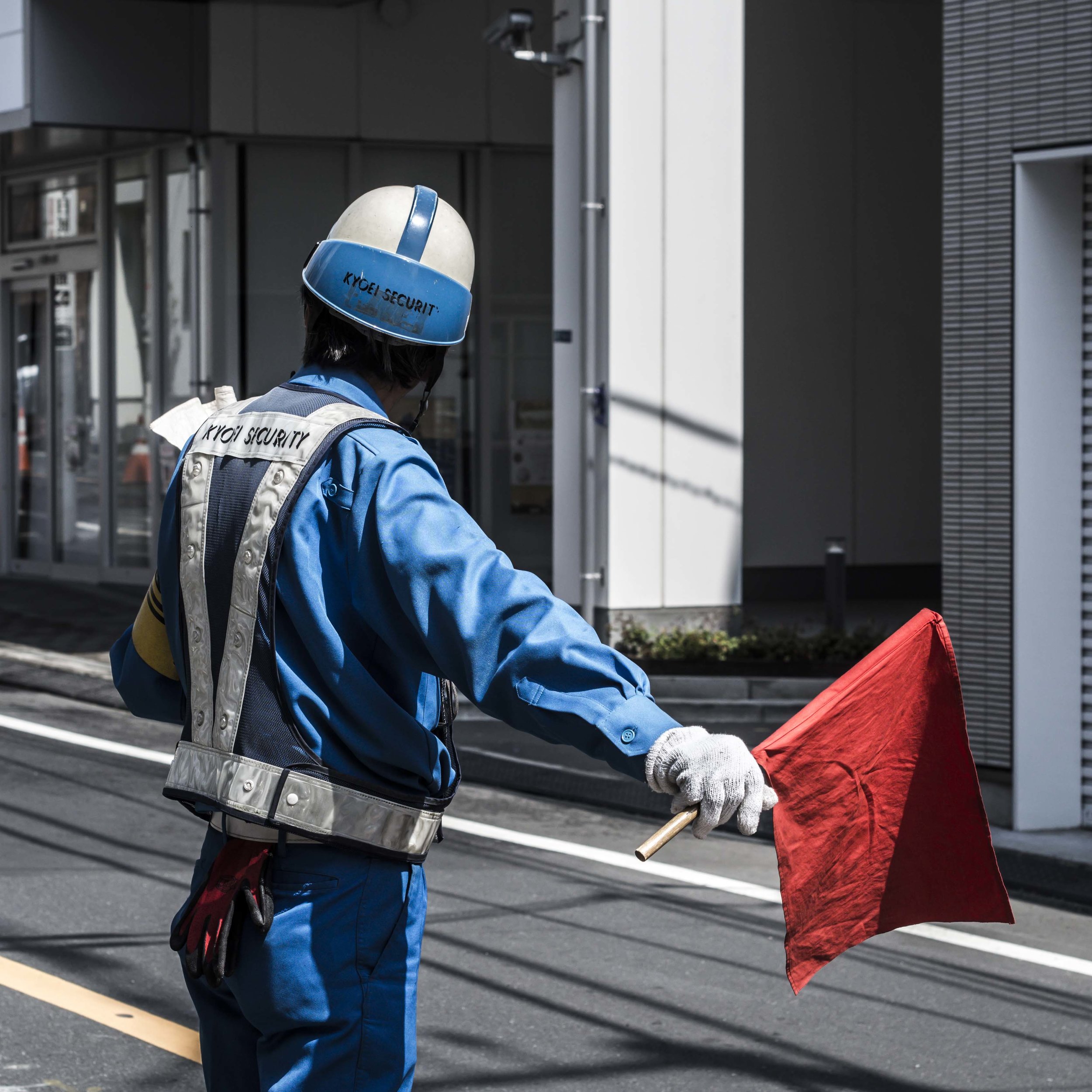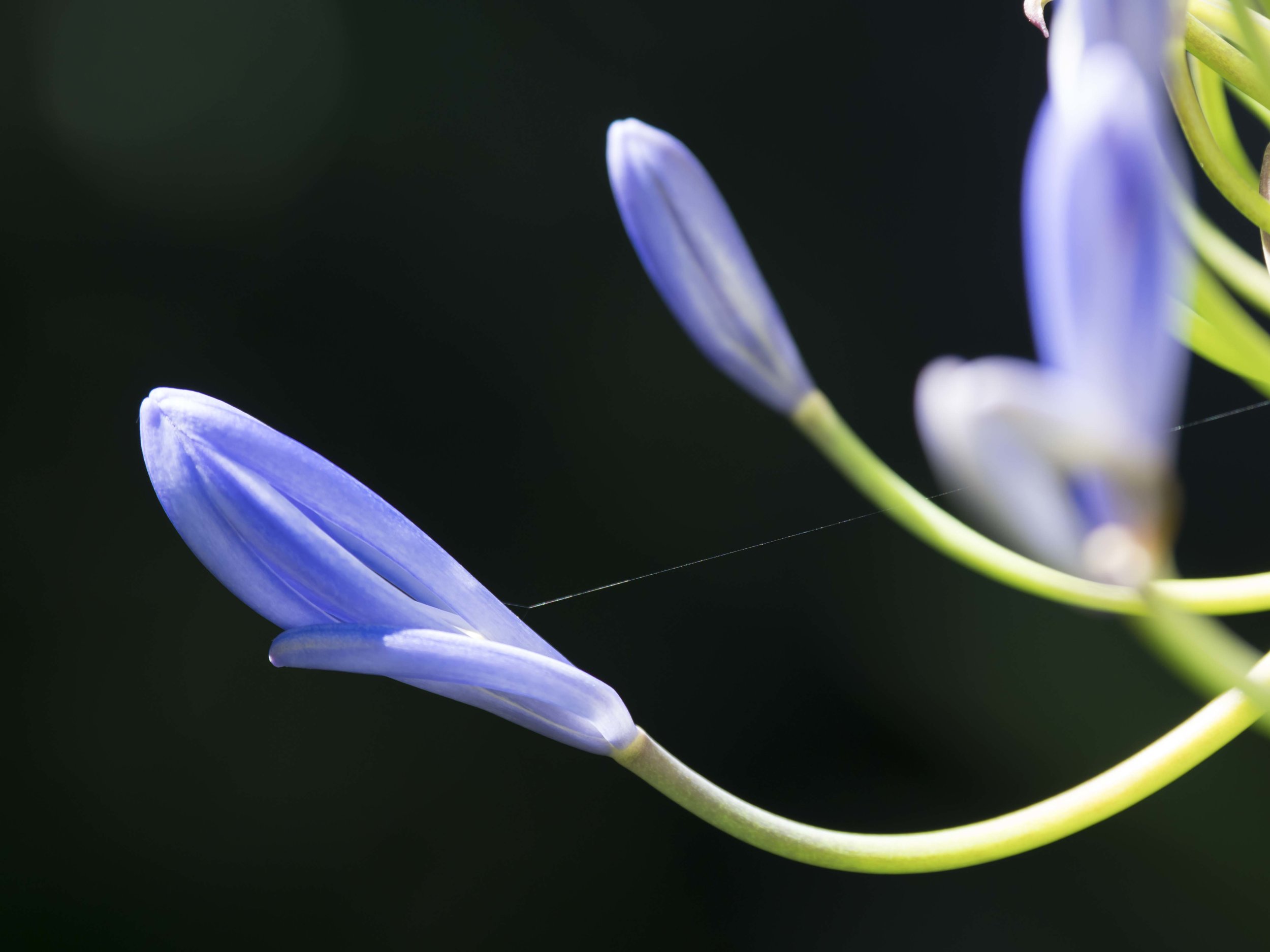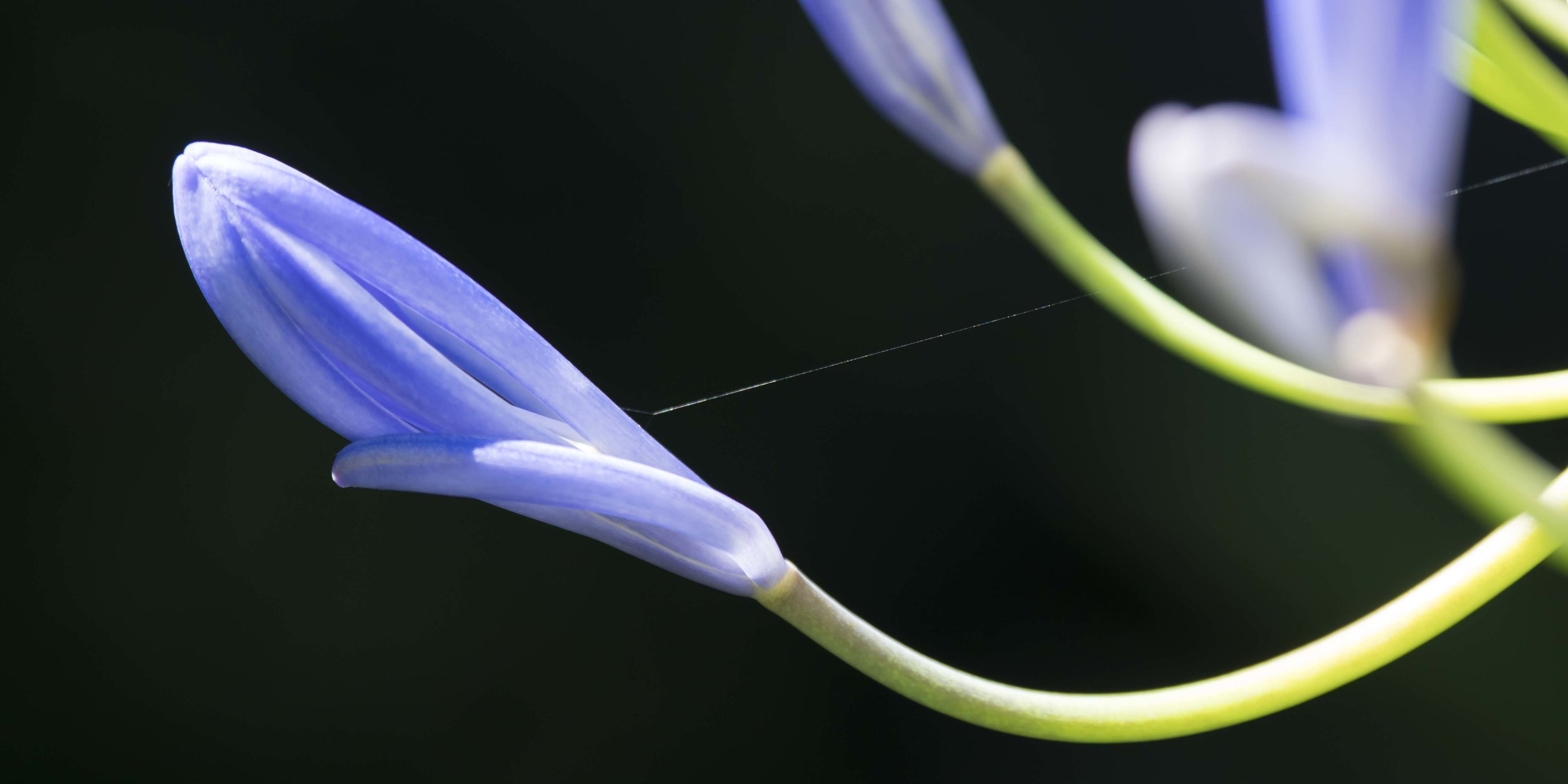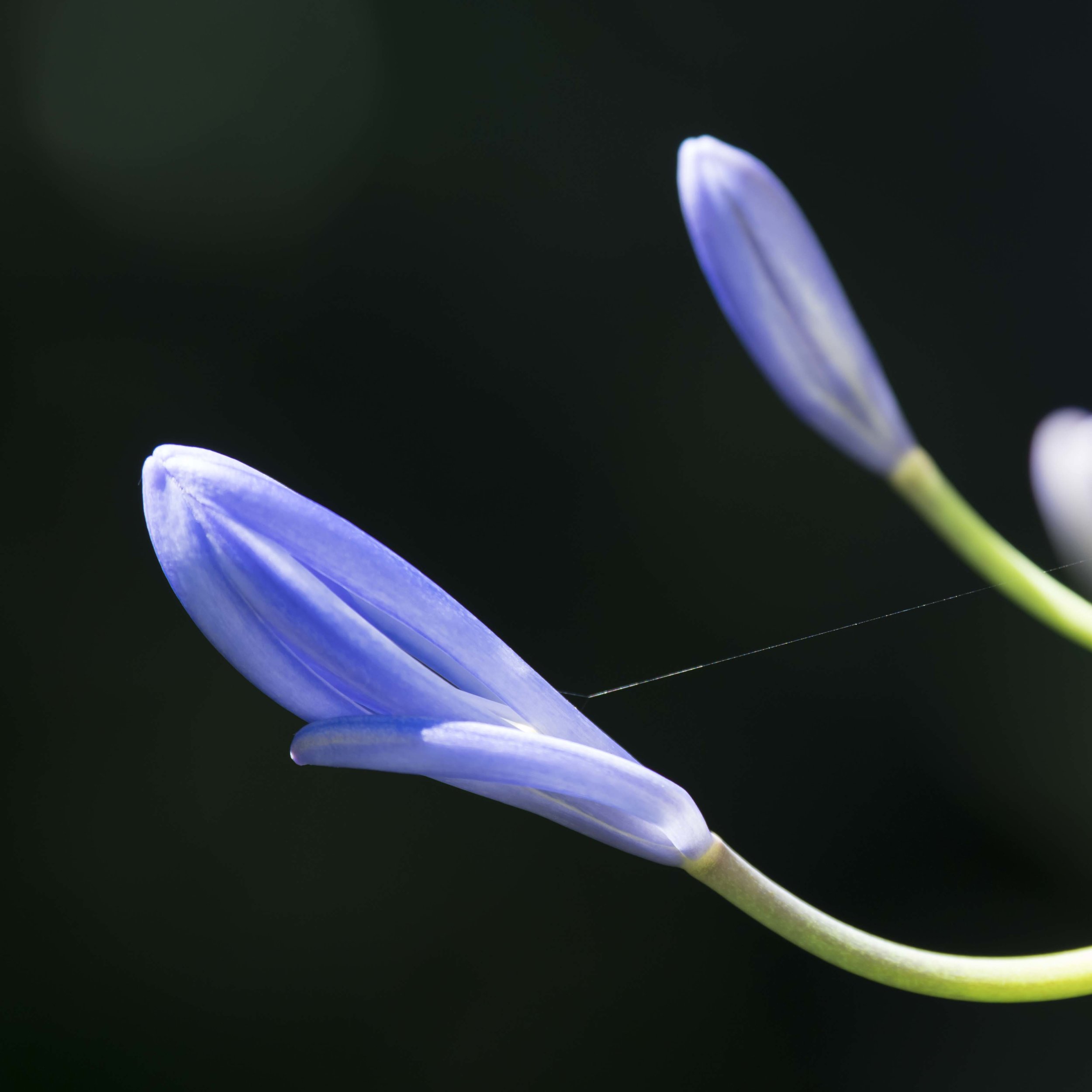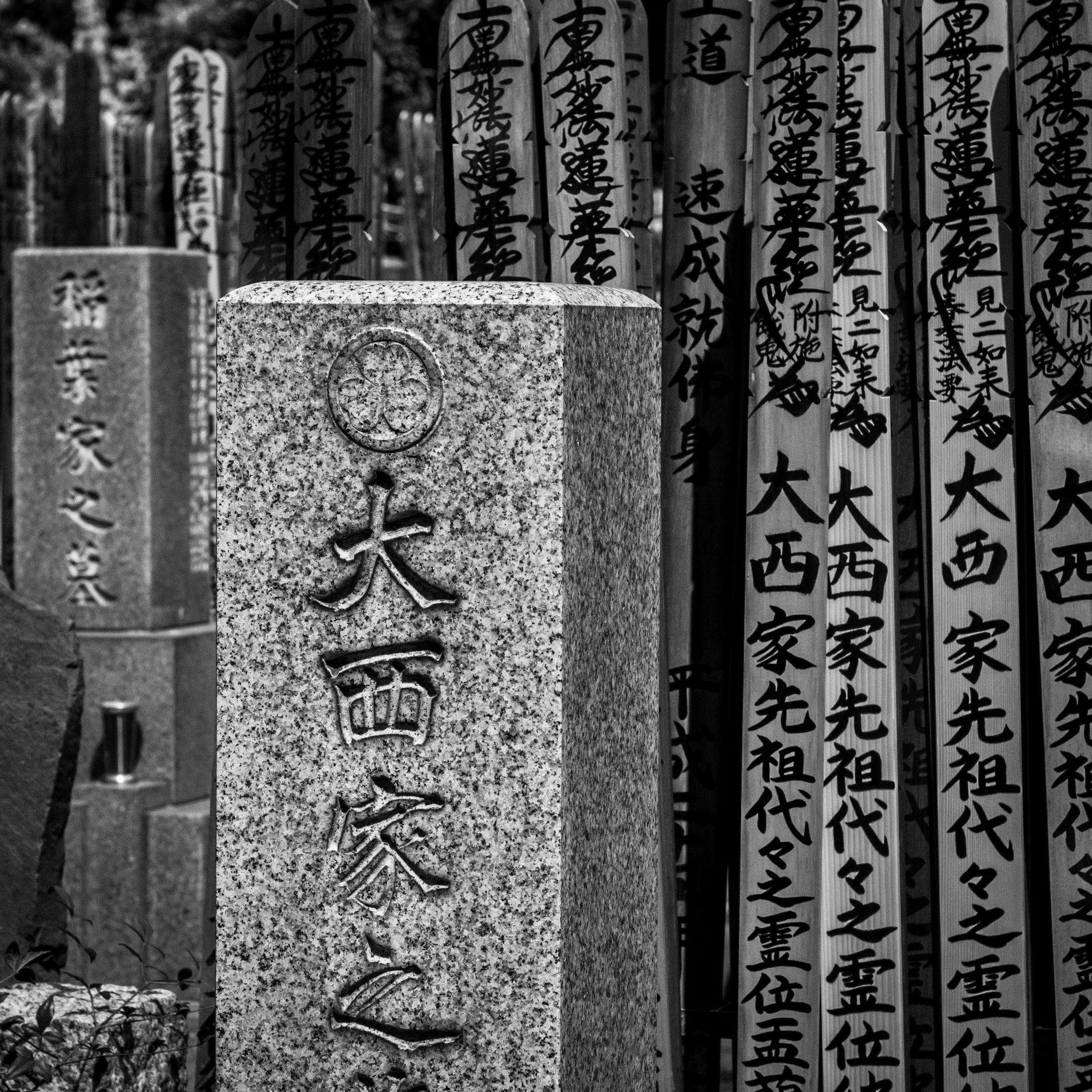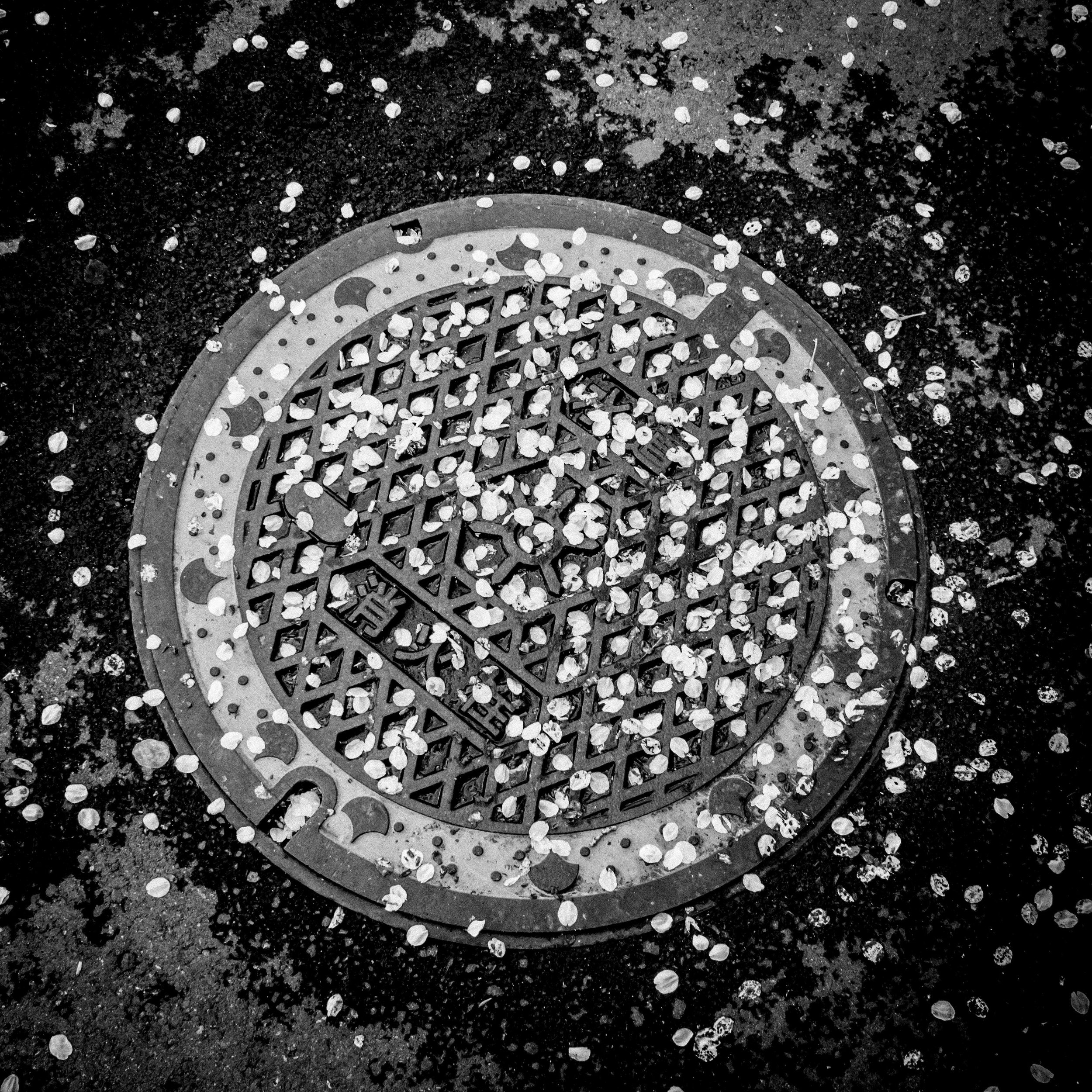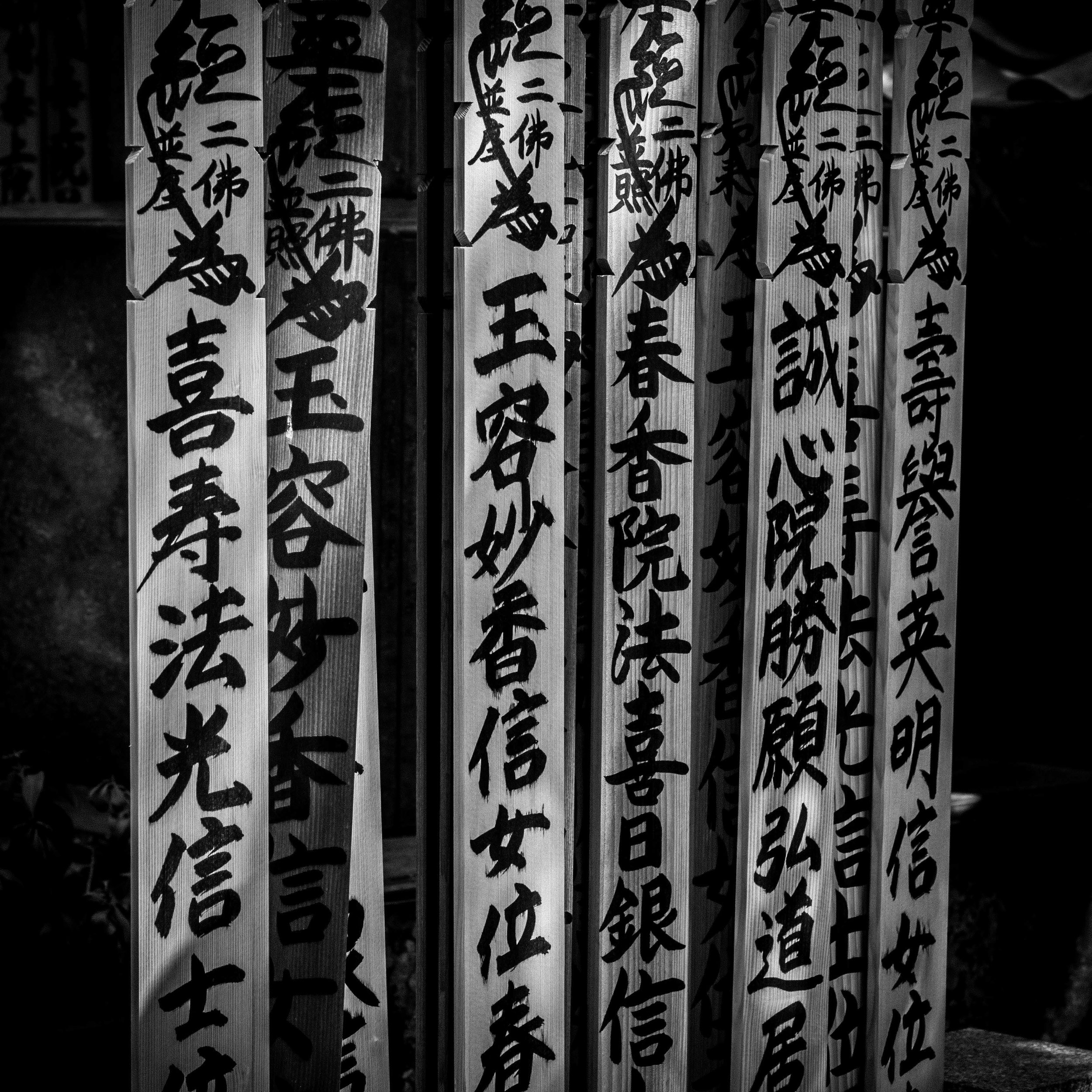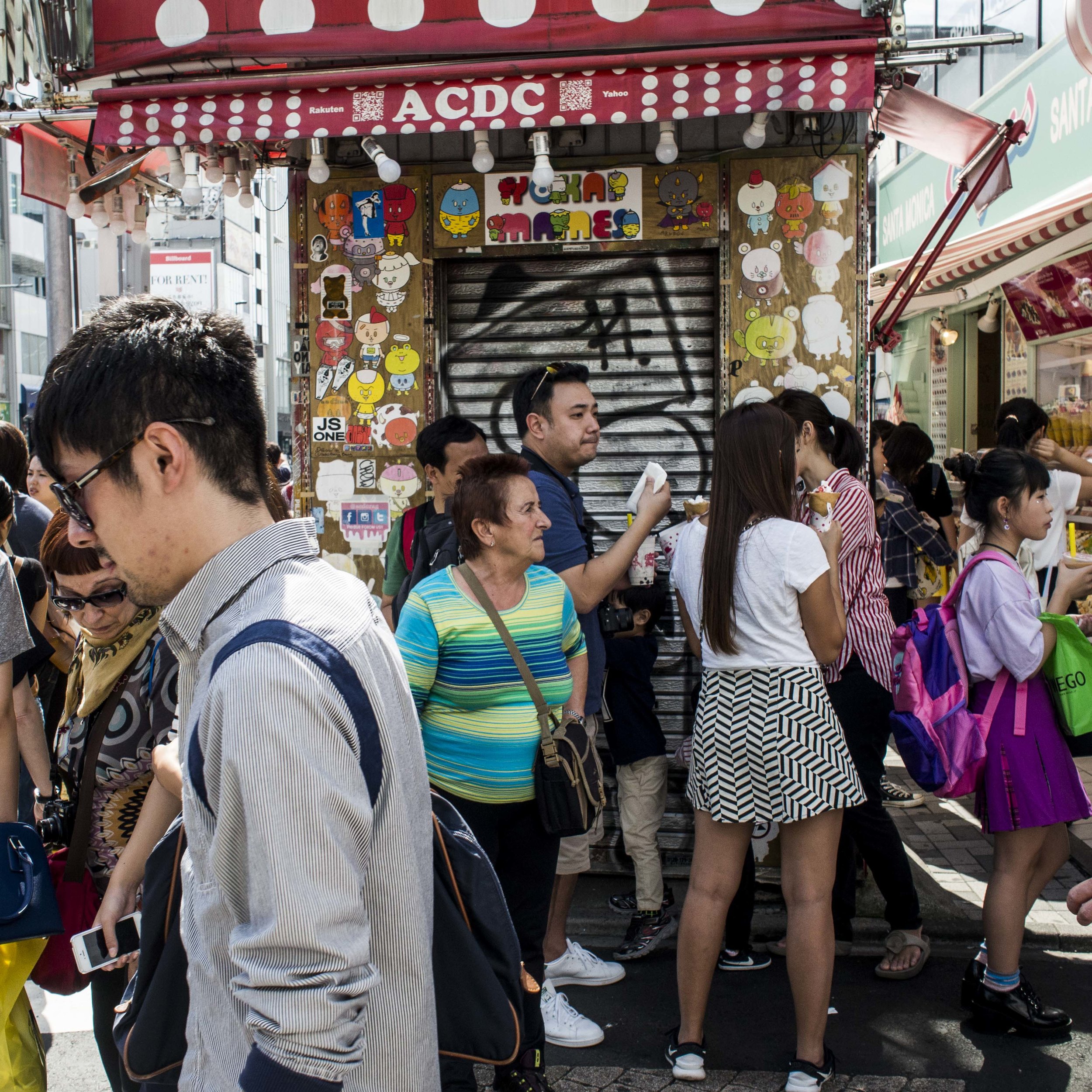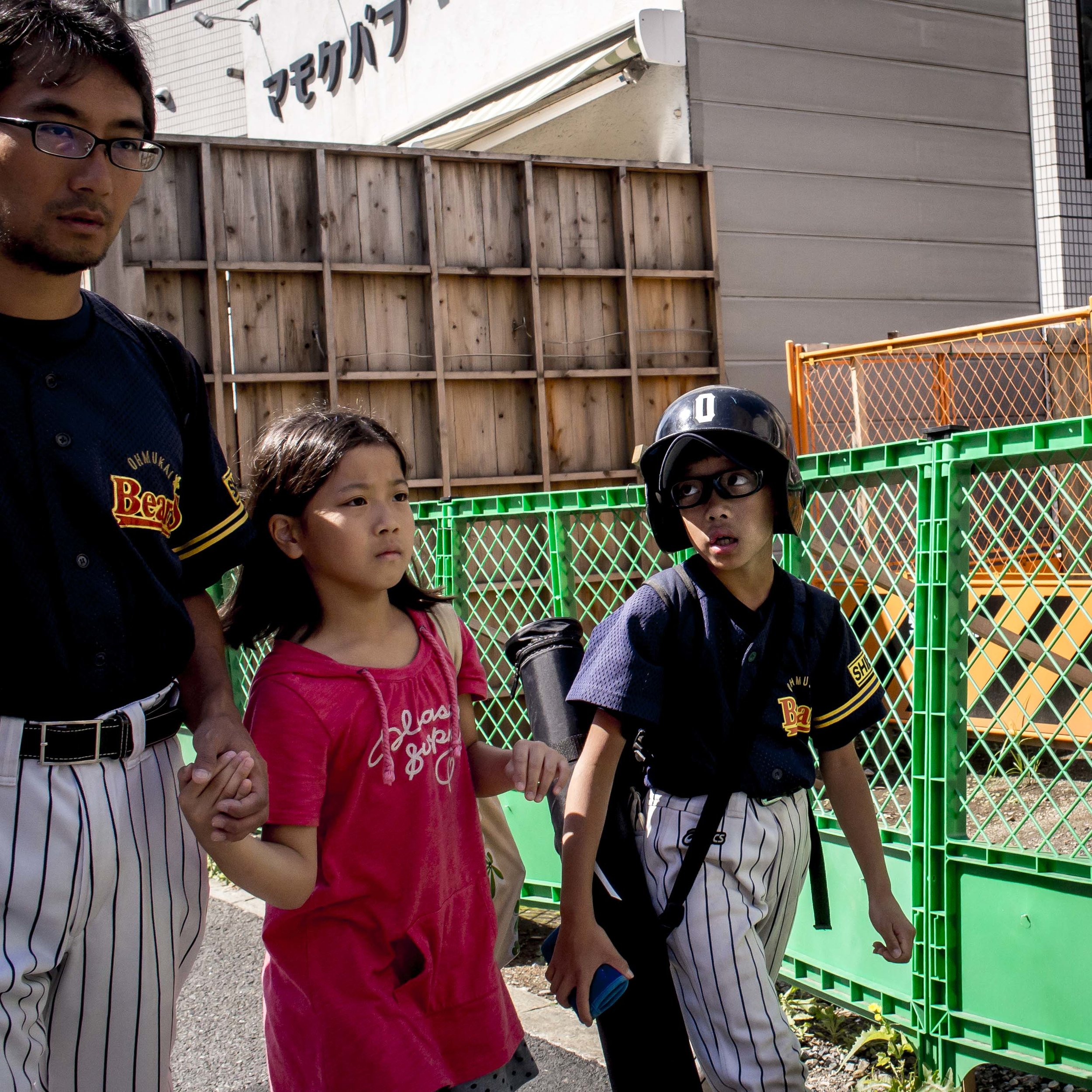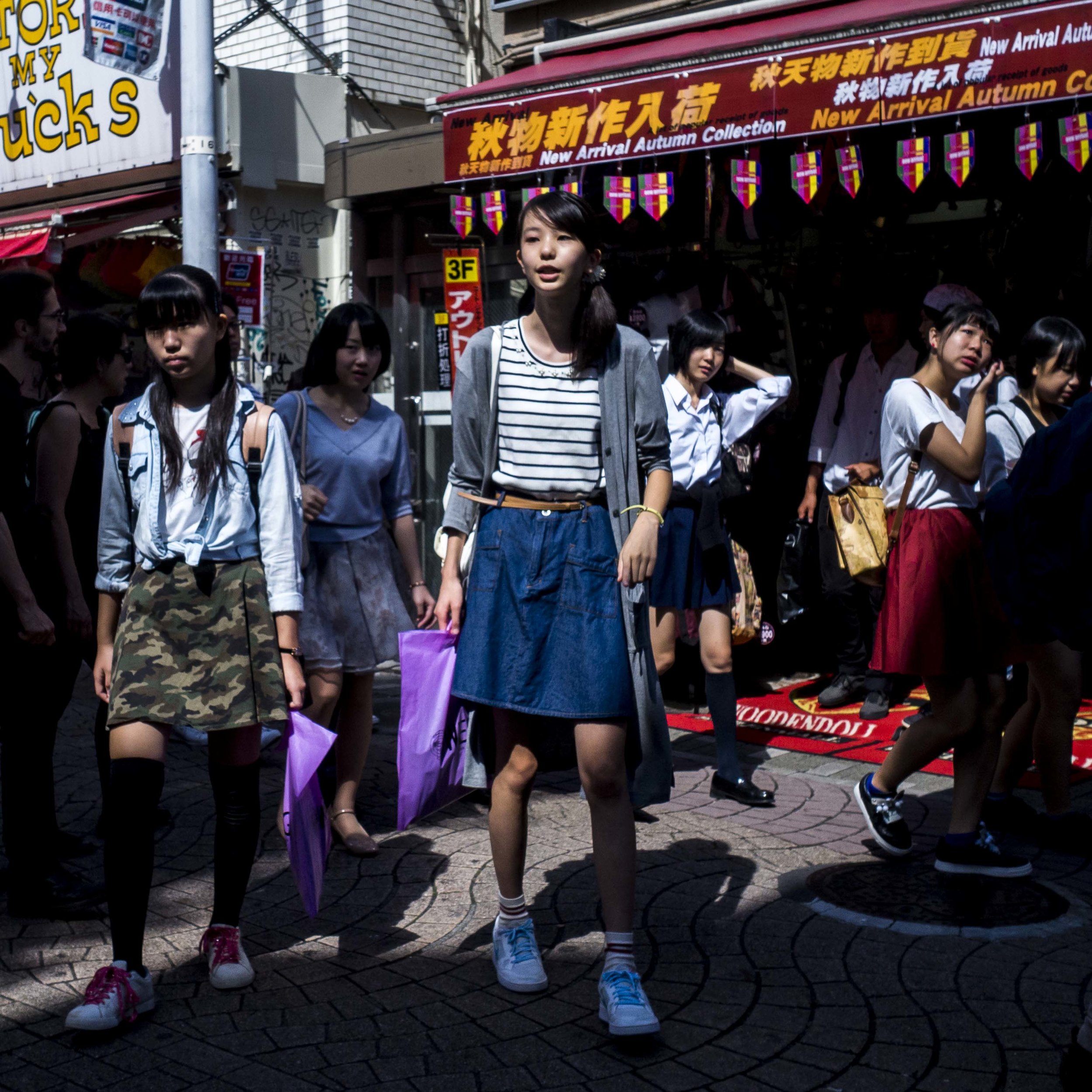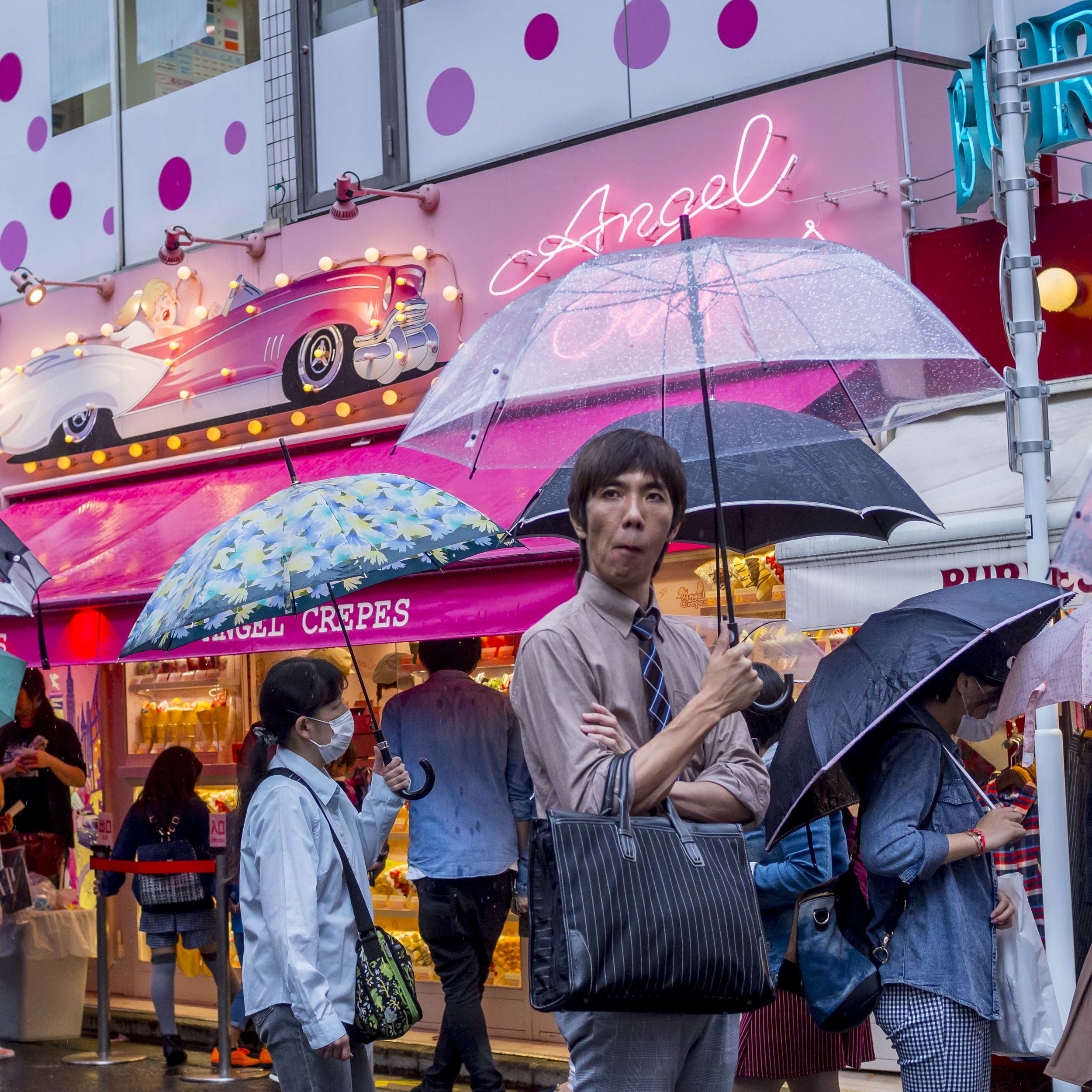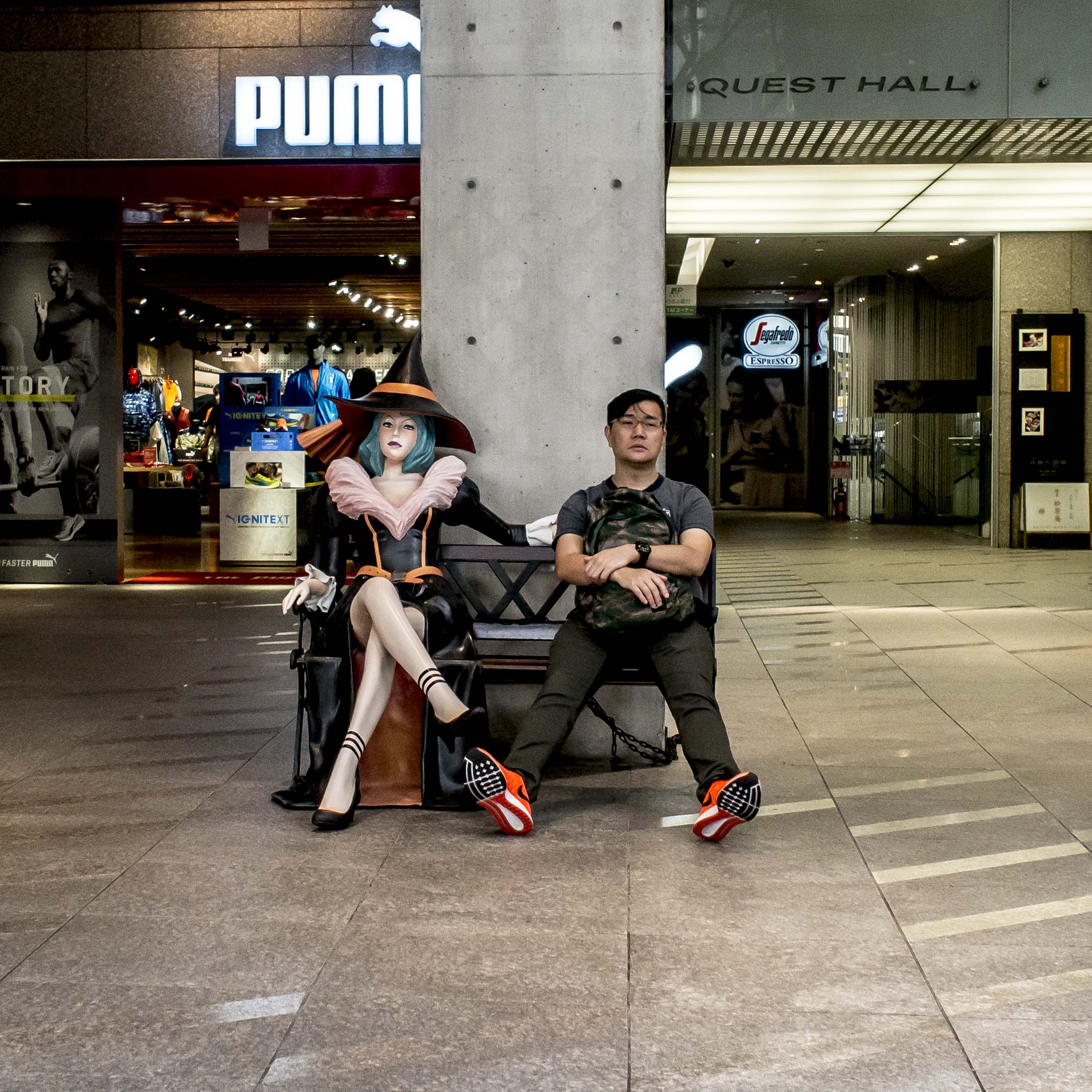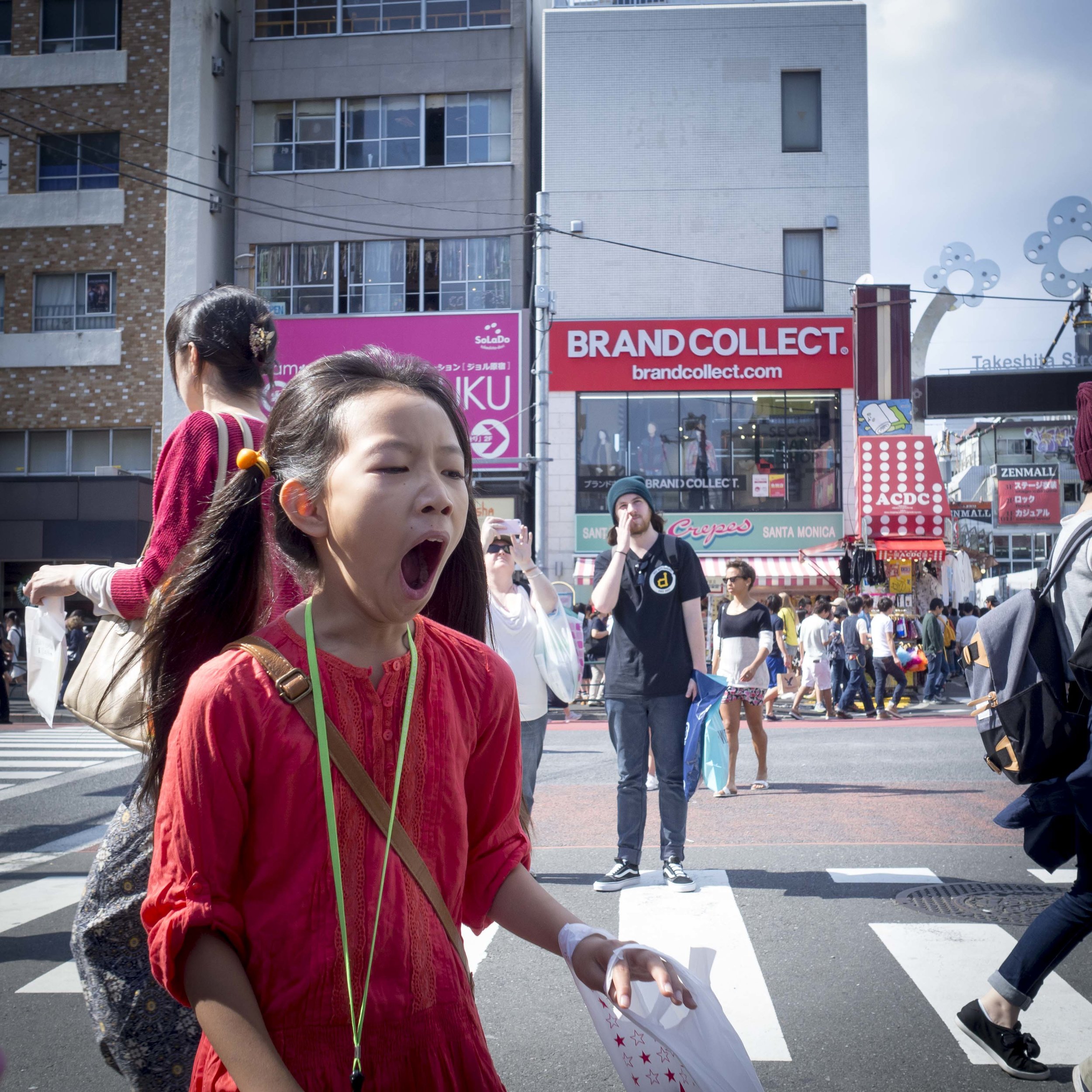Hi there. Me again, attempting to defuse some of the rhetoric surrounding sensor size and photography myths.
Sensor size is becoming the new “megapixels” selling tool in the camera industry. It is the logical place to be looking for answers, because it is the defining difference between camera formats, lens magnification factors (and depth of field0 and pixel density (not quantity, density).
The old measure, megapixels gave us an equivalent to “cylinders in an engine” measure, but it failed to qualify that with any concept of engine size. many people, persuaded by the industry that it was the only true measure, accepted that a 40mp mobile phone camera was “better” than a 12mp full frame camera. Fair cop. The industry subscribed to that form of comparison, so it copped both edges of the knife.
Now with the development of better and better phones, even they are talking sensor size, because it is the only way they can improve their product in a tangible way and they need to tell us so.
The irony is, it matters less and less as time goes on. The fall-back argument from every sensor format is generally “It is bigger than the one below, therefore more powerful”. All of these companies then state, with some foundation in truth but hypocrisy ignored, that they can effectively match the format above, or even higher in “real” terms (it is funny that Nikon has never made a big deal about the slight size increase they have over Canon, but M43 cops it from both). The reality is, there are really only three true formats that make enough difference to matter. The micro levels in between are close enough that small advances in technology can swing the balance either way at any given point.
An example of this is the EM5 mk1. On release it was good enough to intrigue a lot of disgruntled users of full frame cameras across. It’s giant killing capabilities were, at that time in history, truly ground breaking. D800 or 5D mk2 vs EM5 tests were everywhere and often proved one thing. They proved that even is a sensor is half the size of it’s competitor, it can be found to match or even exceed it if technology, timing and circumstances are right, but just as easily, the tide will turn back again in the favour of the deposed champion.
Taken with an EM5 mk1 and “budget” 45mm lens hand held. This can be enlarged to 20” square and every fine detail scrutinised at far to close a distance. There are cracks that do not even show up until enlarged. I can only guess what a Z7, 5Ds or A7r3 could reproduce in the same situation, but when it was released, this was a revelation for me, a Canon full frame user. A Sony RX100 or Fuji medium format camera would probably match the quality at the same print size, so an even bigger print would be needed to split the field.
For years Canon had an almost 2:1 advantage in pixels over Nikon in full frame cameras, but the Nikon faithful hung in there, then the tables turned, and in reply the Canon legions generally held firm. Most of the movement went in the direction of mirrorless, not chasing pixels but just wanting a change (indeed, many of the mirrorless migrators went down in pixels).
The three format groups are;
Compact camera/Video/most newer mobile phones. These tiny sensors can produce convincing 12x18” prints, but “stress” easily, have too much depth of field to make traditional portraiture viable without gimmicks and cannot handle too much manipulation.
The new 1” sensor super compacts up to full frame (and some future mobiles?). All of these sensors can fool the same viewer with huge prints, in fact it usually takes close scrutiny on a screen to see any difference. Each sub-format has advantages in depth of field, ISO performance etc., over the others and equally has it’s own weaknesses, but at the end of the day, ever since the first 6mp APSC sensors, professionals have been able to function and artists able to impress with these formats. The internet is rife with comparisons between “X” and “Y”, so the proof of the pudding is in the eating. No single format in this range has been able to convincingly win the format wars and the split hairs are getting ever finer. They are all relevant and they are all needed, or they would go the way of true APSC film (a true photo Dodo).
I believe we will be getting some more clarity in this area as the full frame and 1”/M43 segments become more defined, with APSC (except Fuji) becoming largely redundant with Sony/Canon/Nikon/Pentax. These formats have never been taken seriously by these brands. Look at the shelf life of their 7D and D300-500 cameras, covering over a decade between two models, when their full frame cameras can change two to four times over the same period. Add to this the lack-lustre range of smaller format dedicated lenses (20+ years before either made a dedicated 50mm equivalent).
The third format grouping is the medium format or bigger segment. There is a genuine increase in colour depth, pixel pitch and pixel density here and a corresponding decrease in depth of field. Becoming more affordable and eminently more user friendly, they will become the professionals choice in many fields, much as they were in the film era.
Outside of these yawning chasms of size difference, there is still too little between formats to make any real difference.
Can any m43 through FF camera do modern pro work?
Yes.
Can some do some things better than others?
Yes.
Do most people buy more pixels than they need?
Yes.
Do you need to love and trust your camera (what ever form that is) to get the best from it?
Yes.
In others words, don’t sweat the small stuff.
